EXTREMELY RARE! 1942-1951 WWII to Korean War 2,000 lb M66A2 Bomb “Ordinance Department U.S.A.” Aerial Bomb Blueprint #2
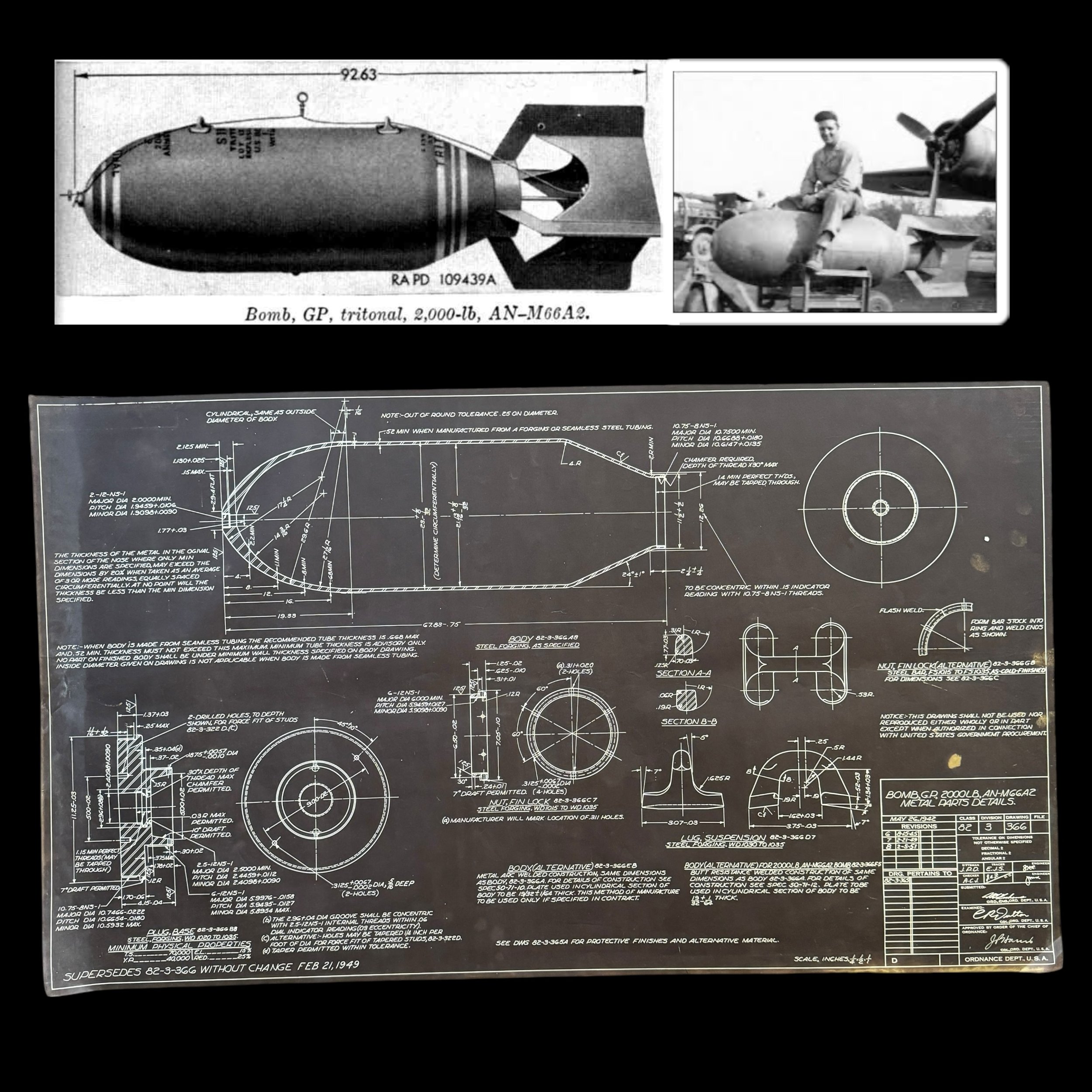

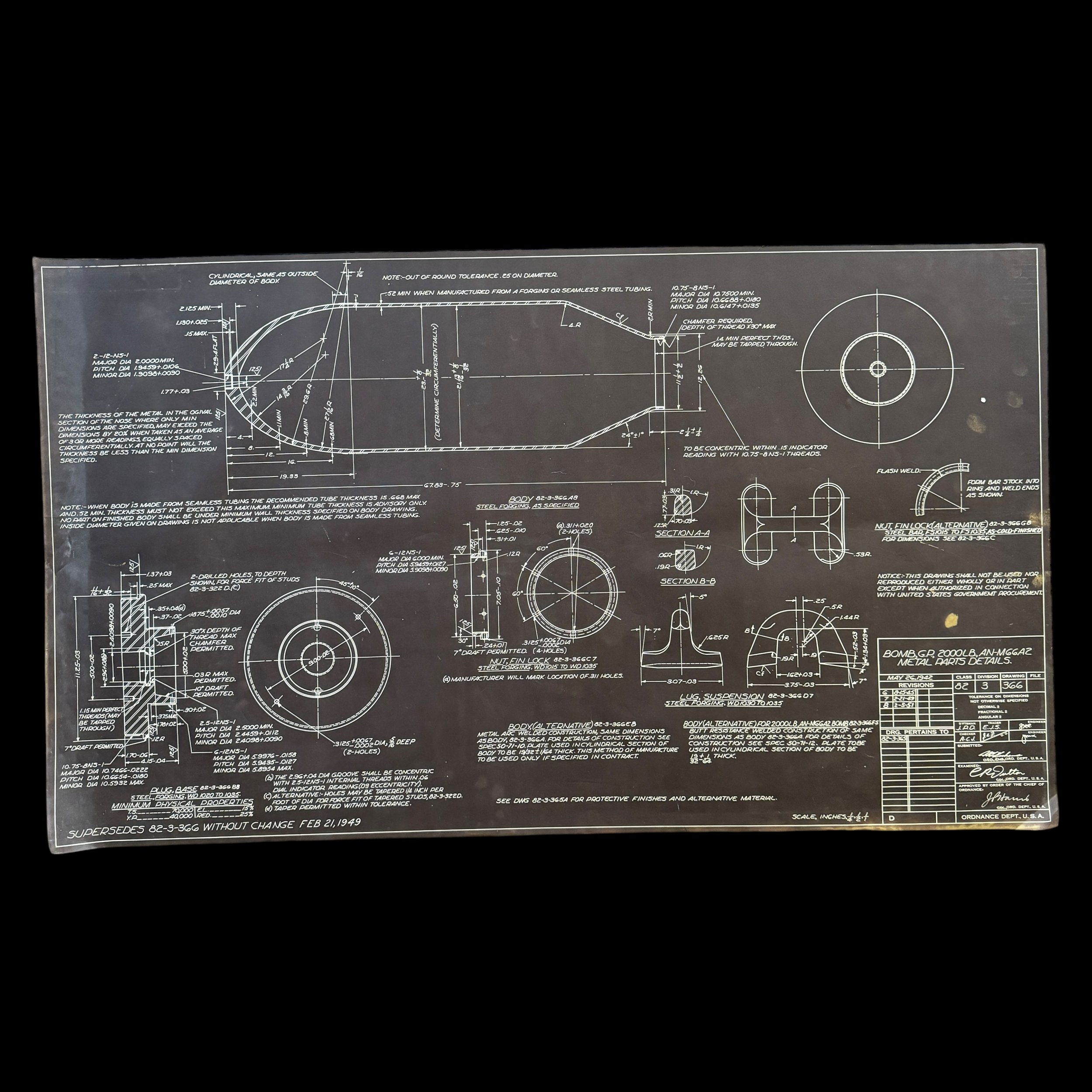
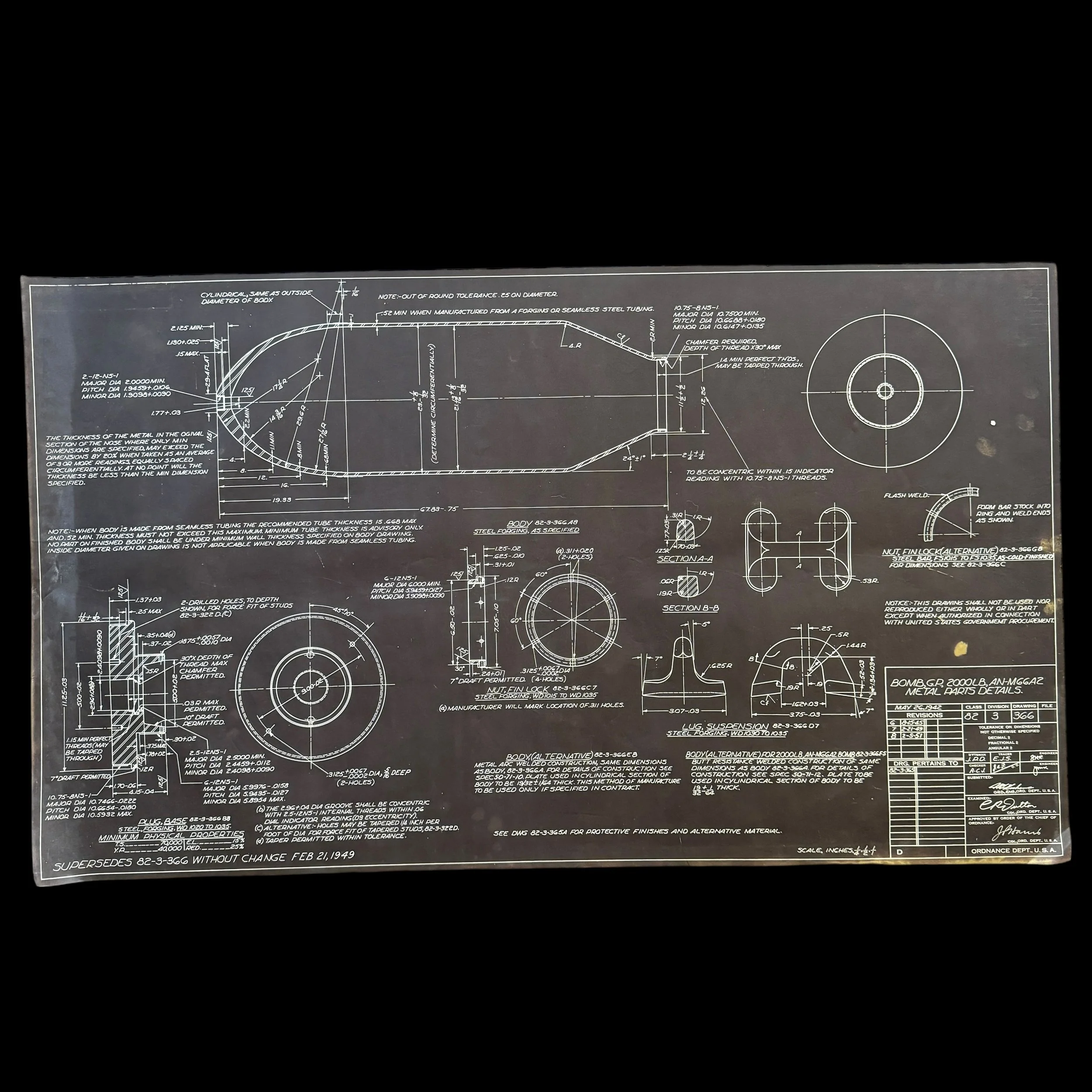
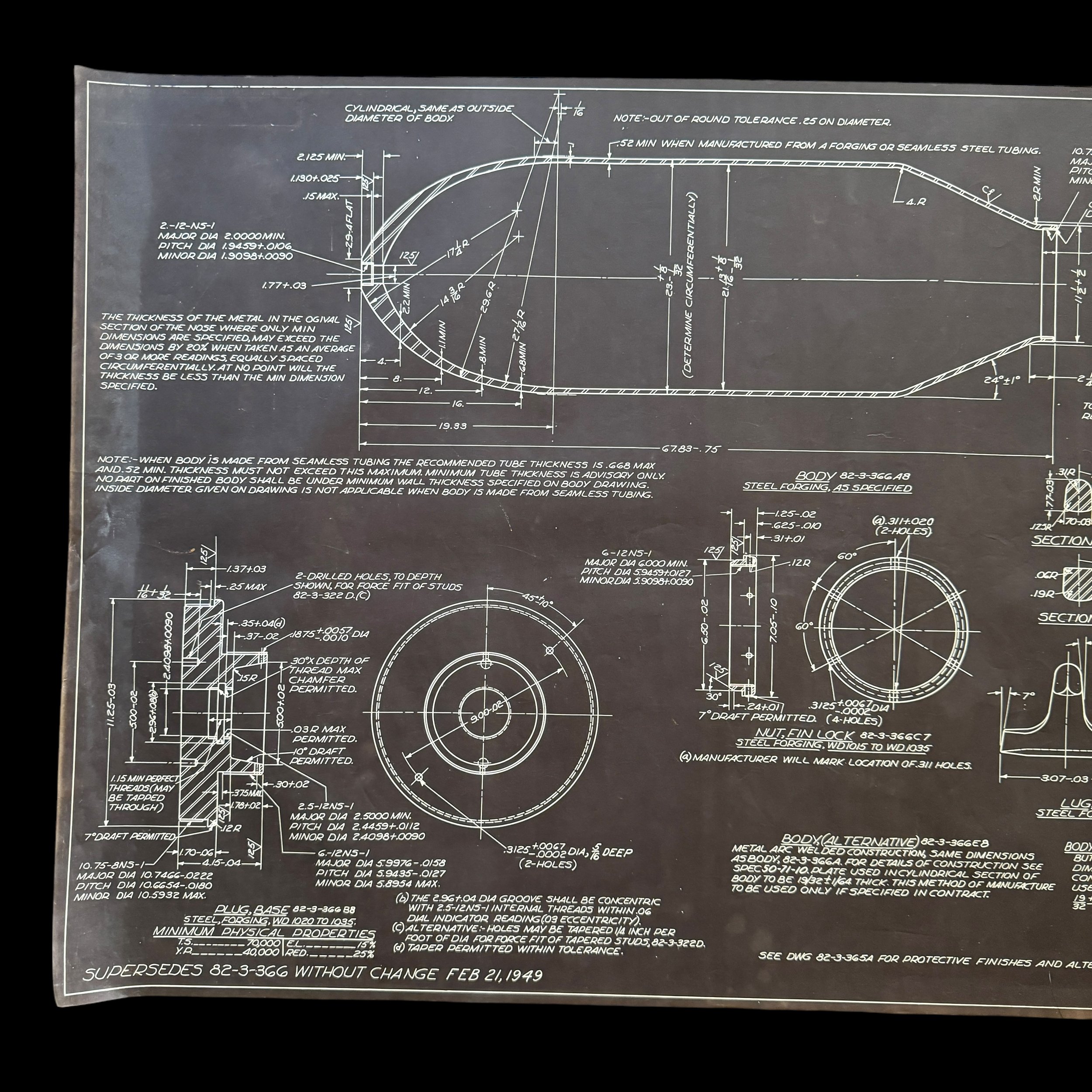
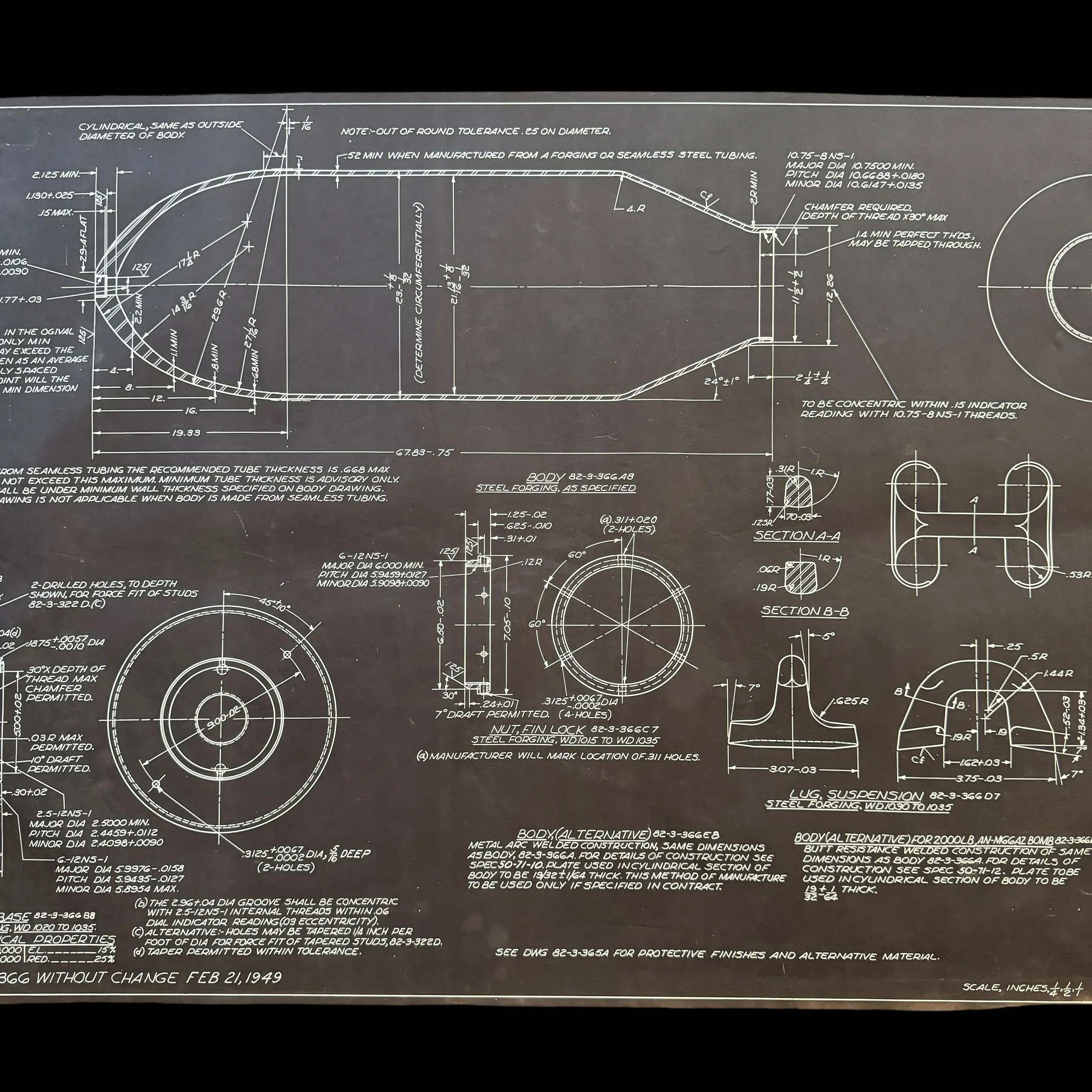
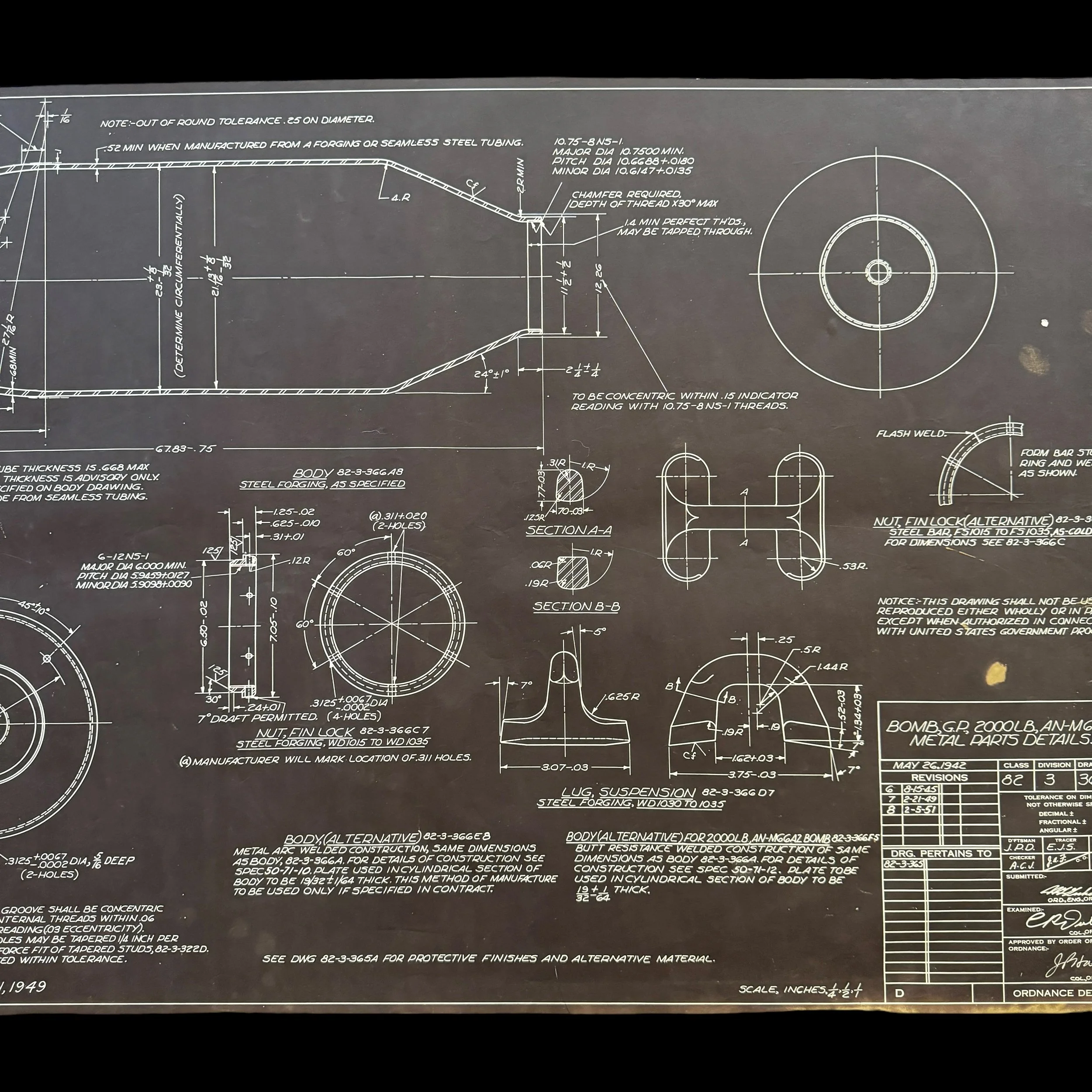
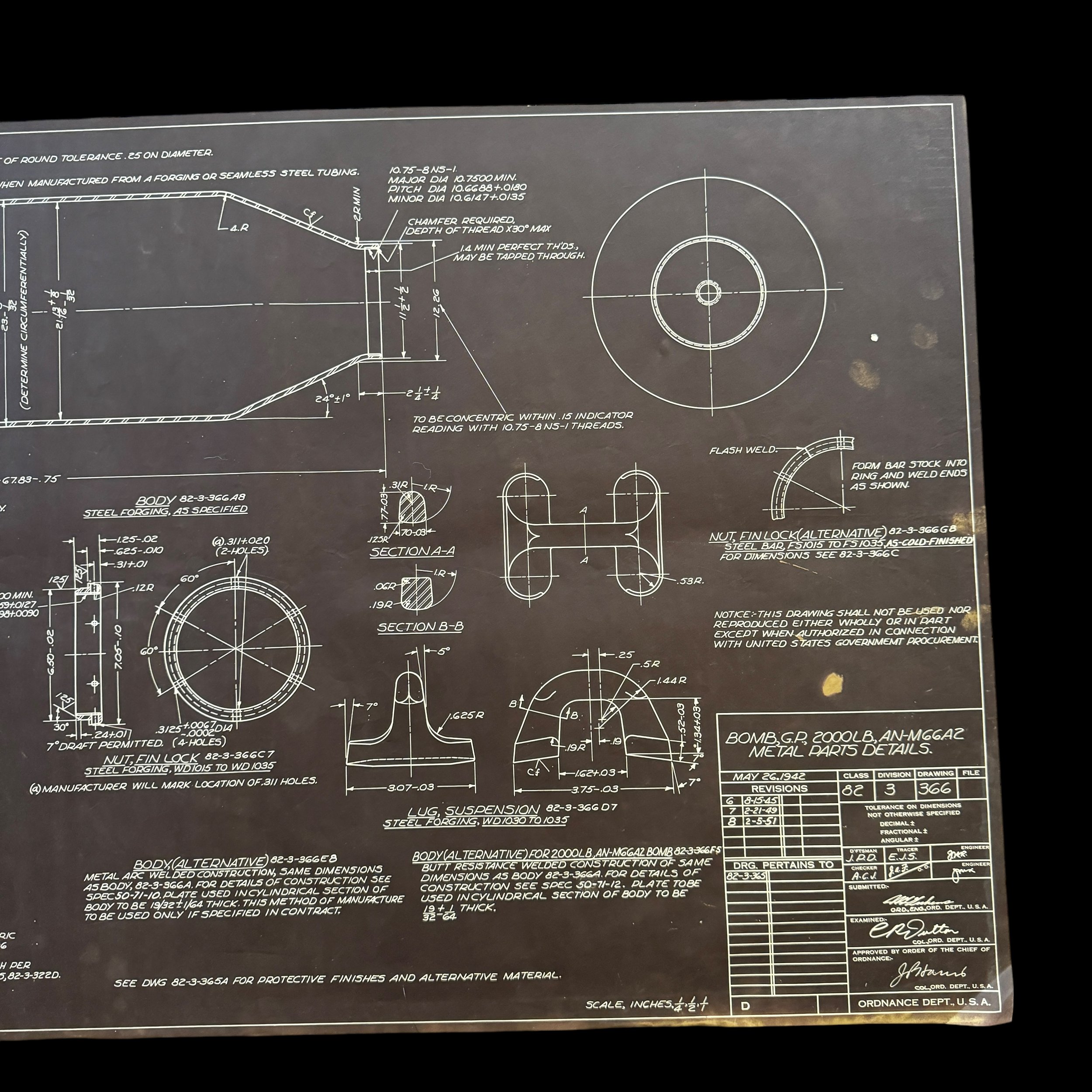
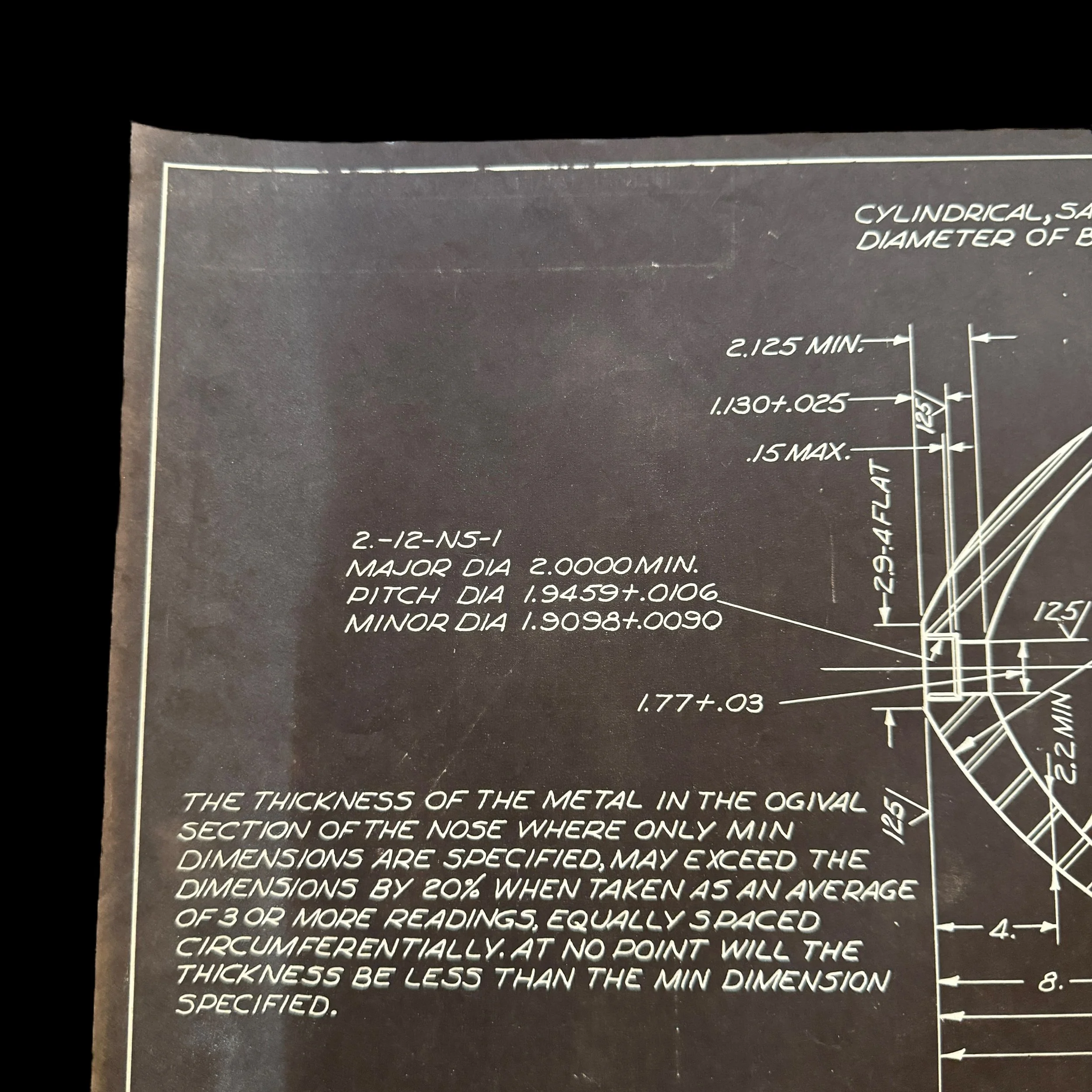
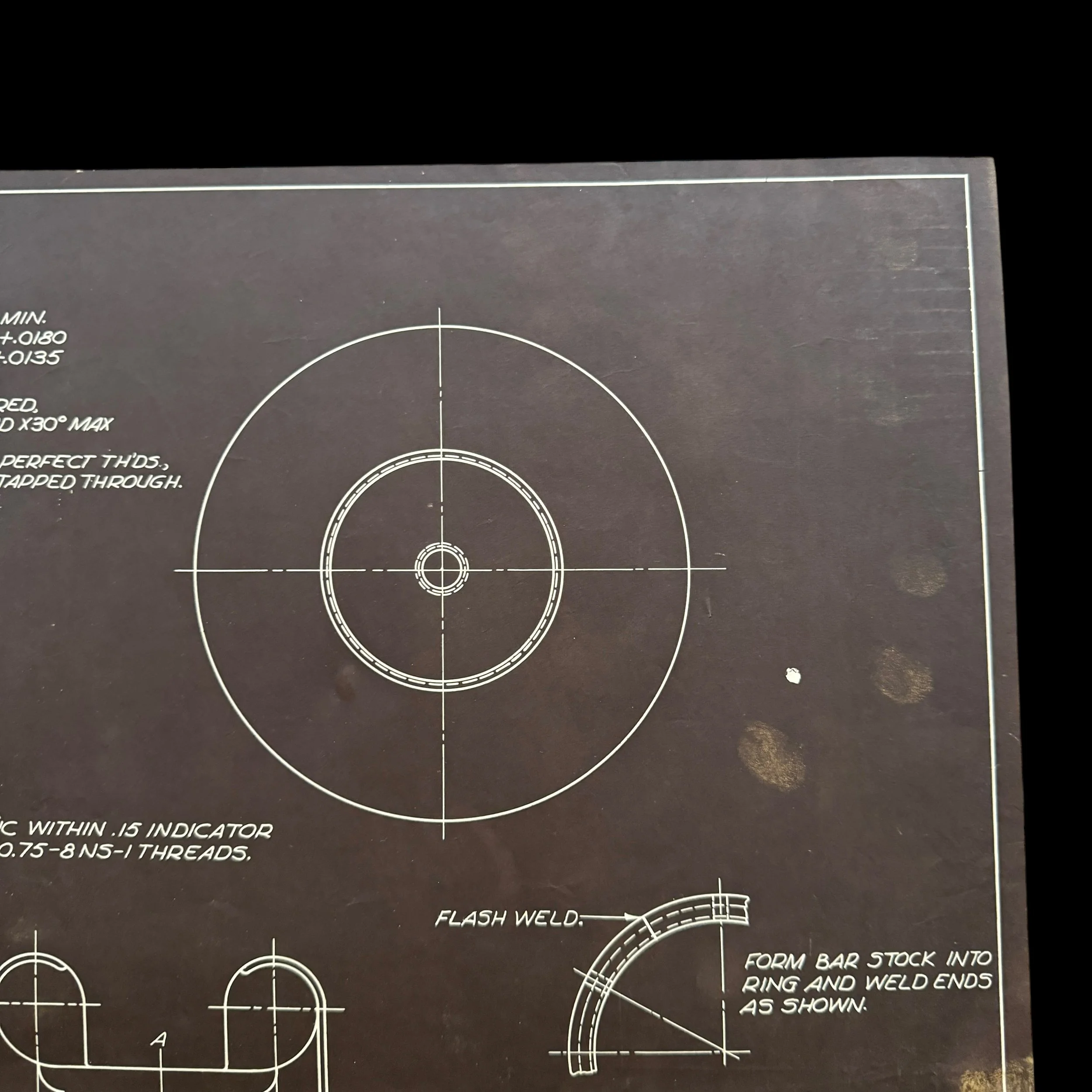
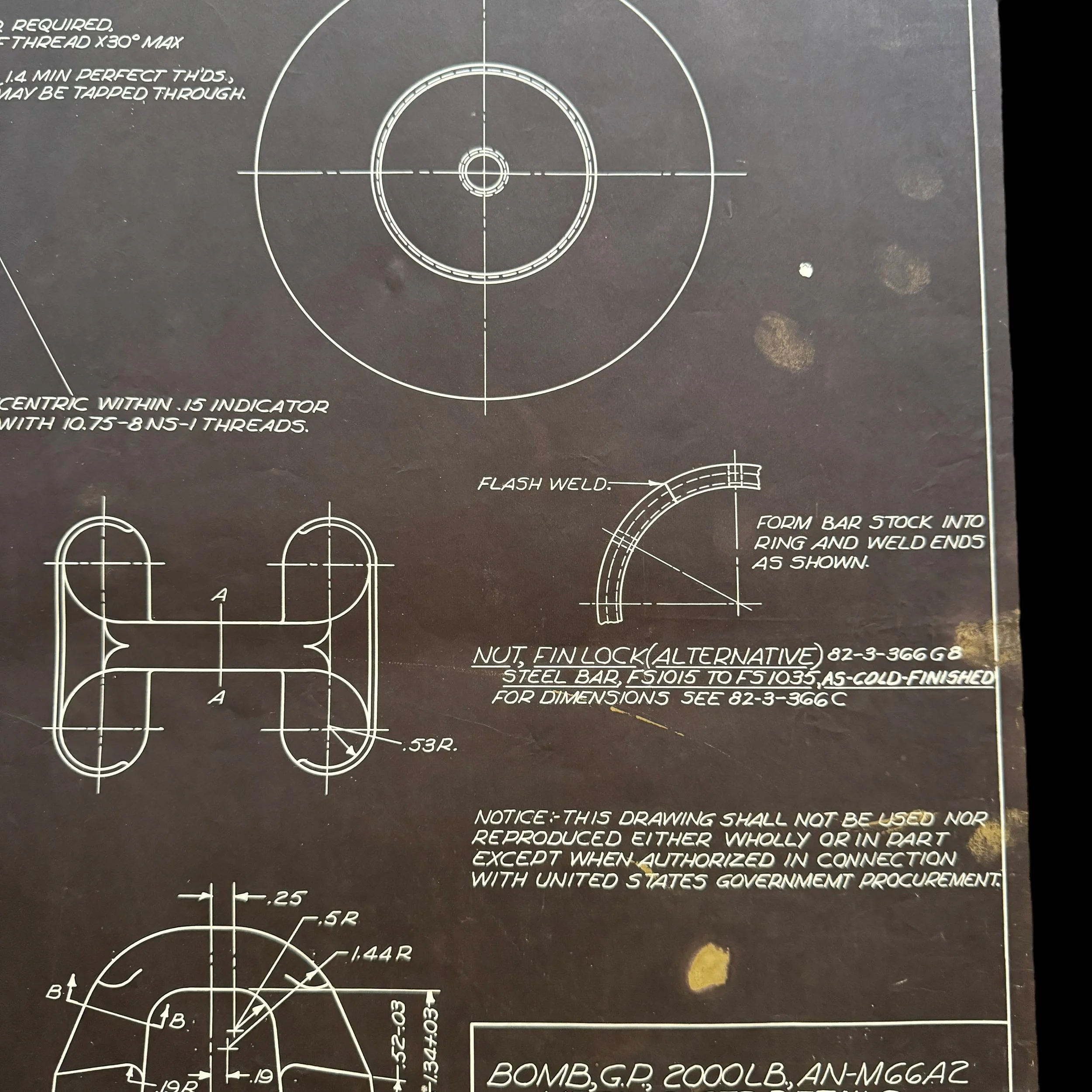
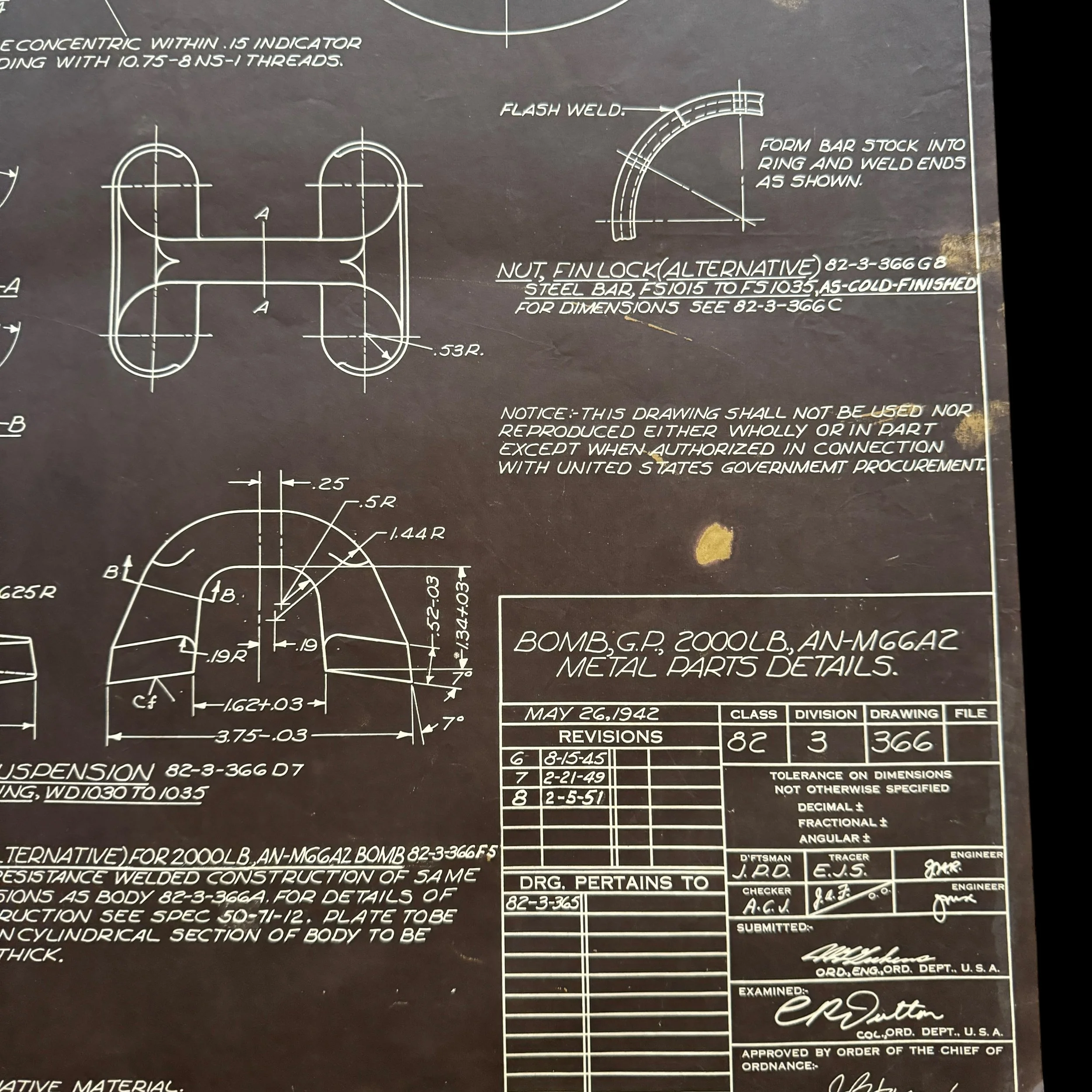
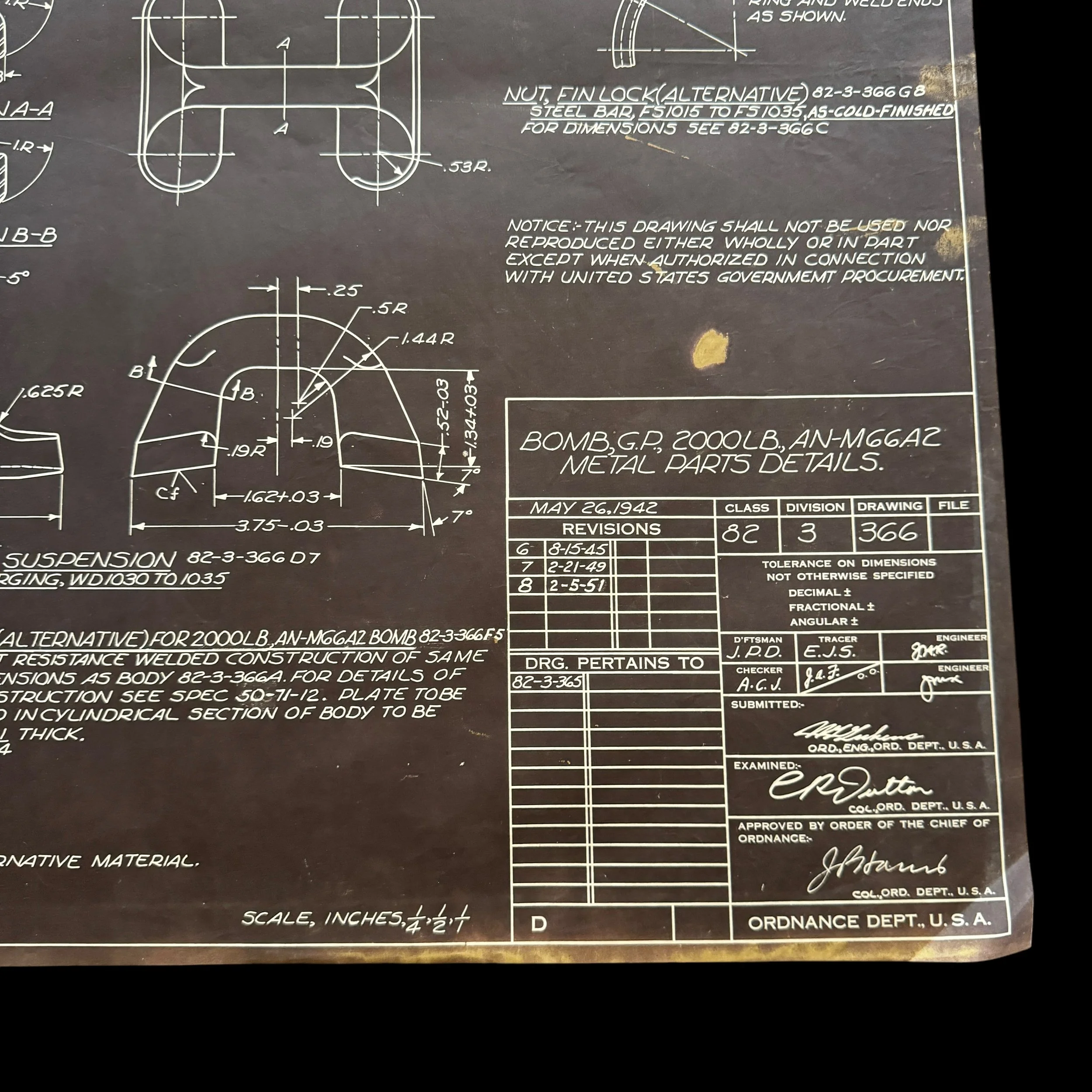
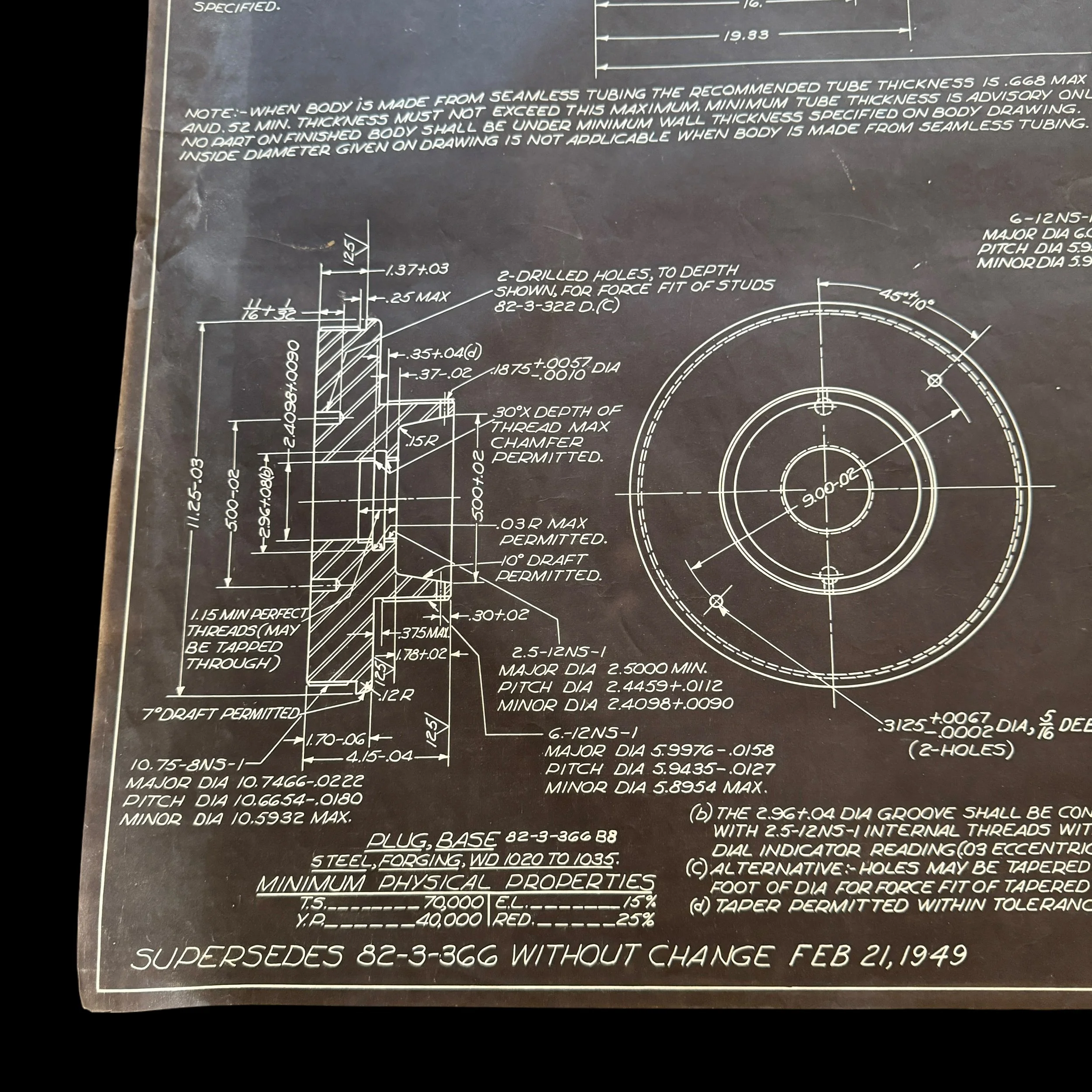
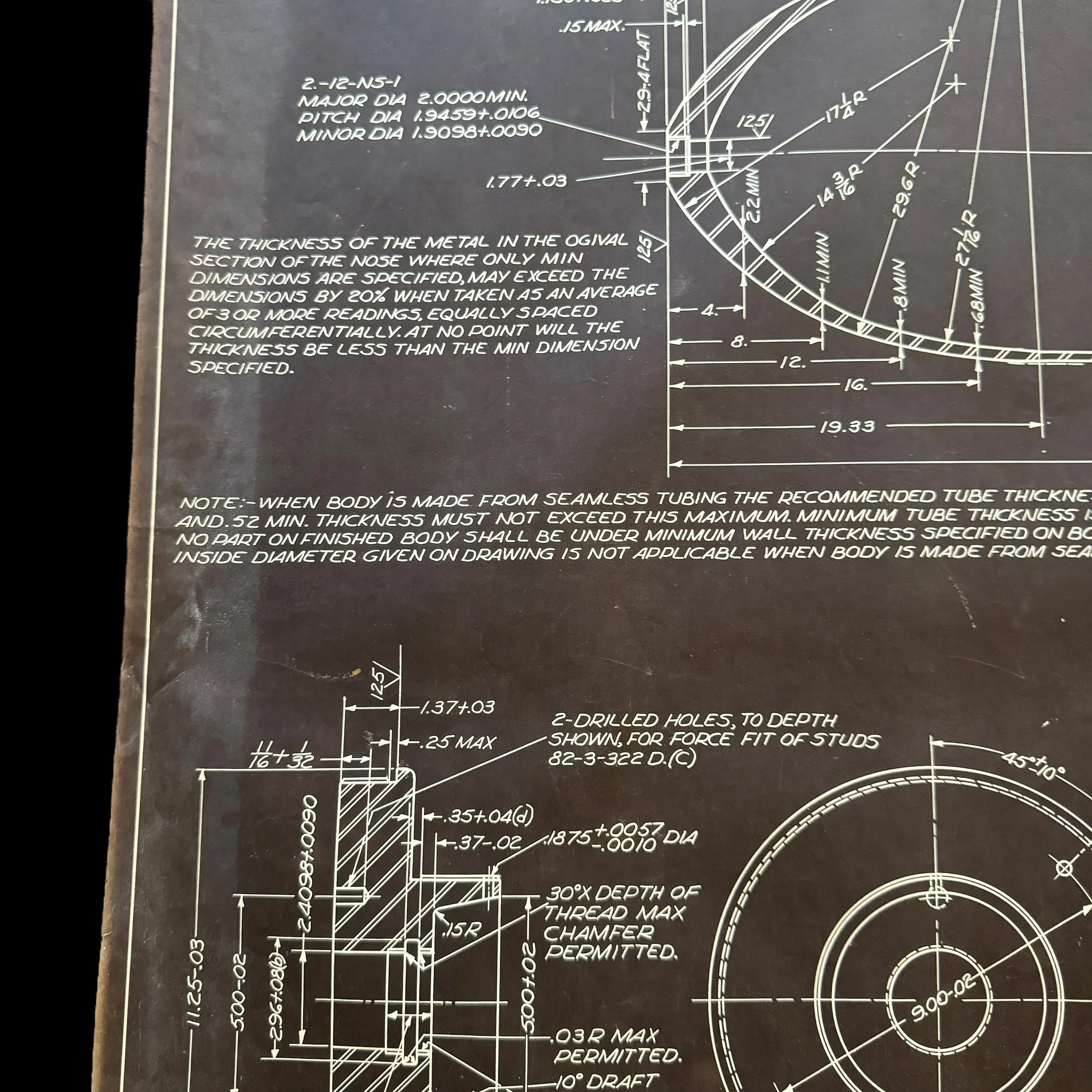
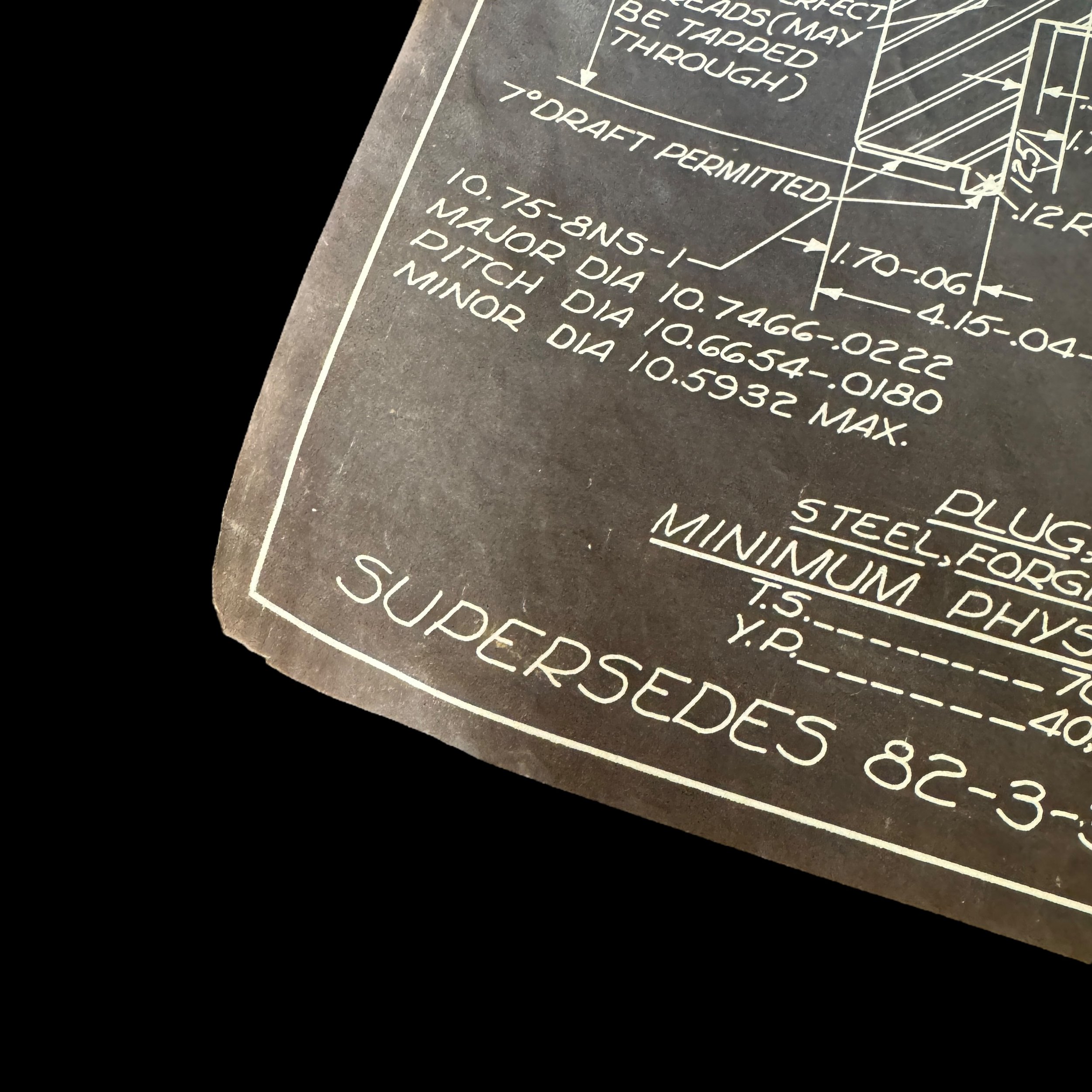
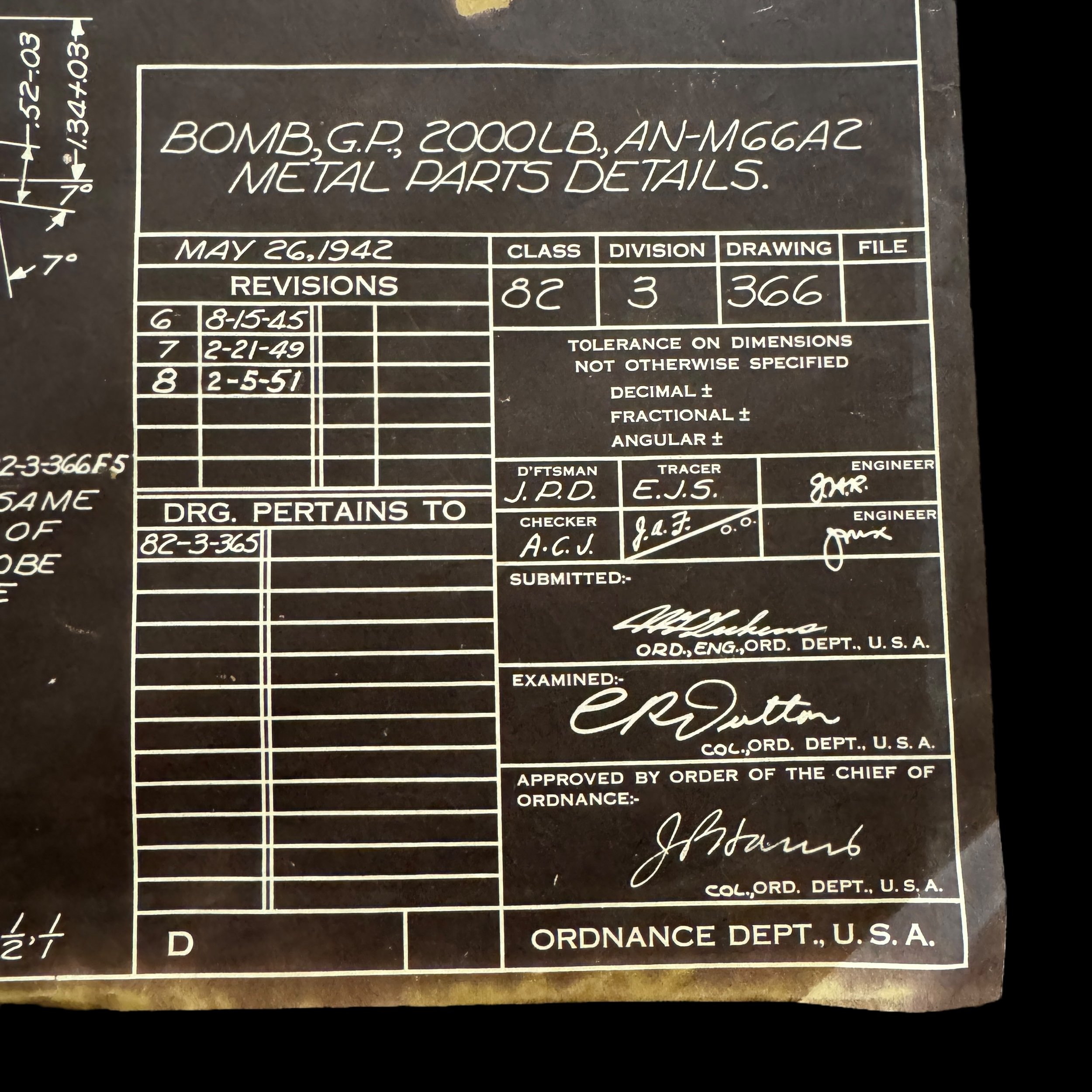
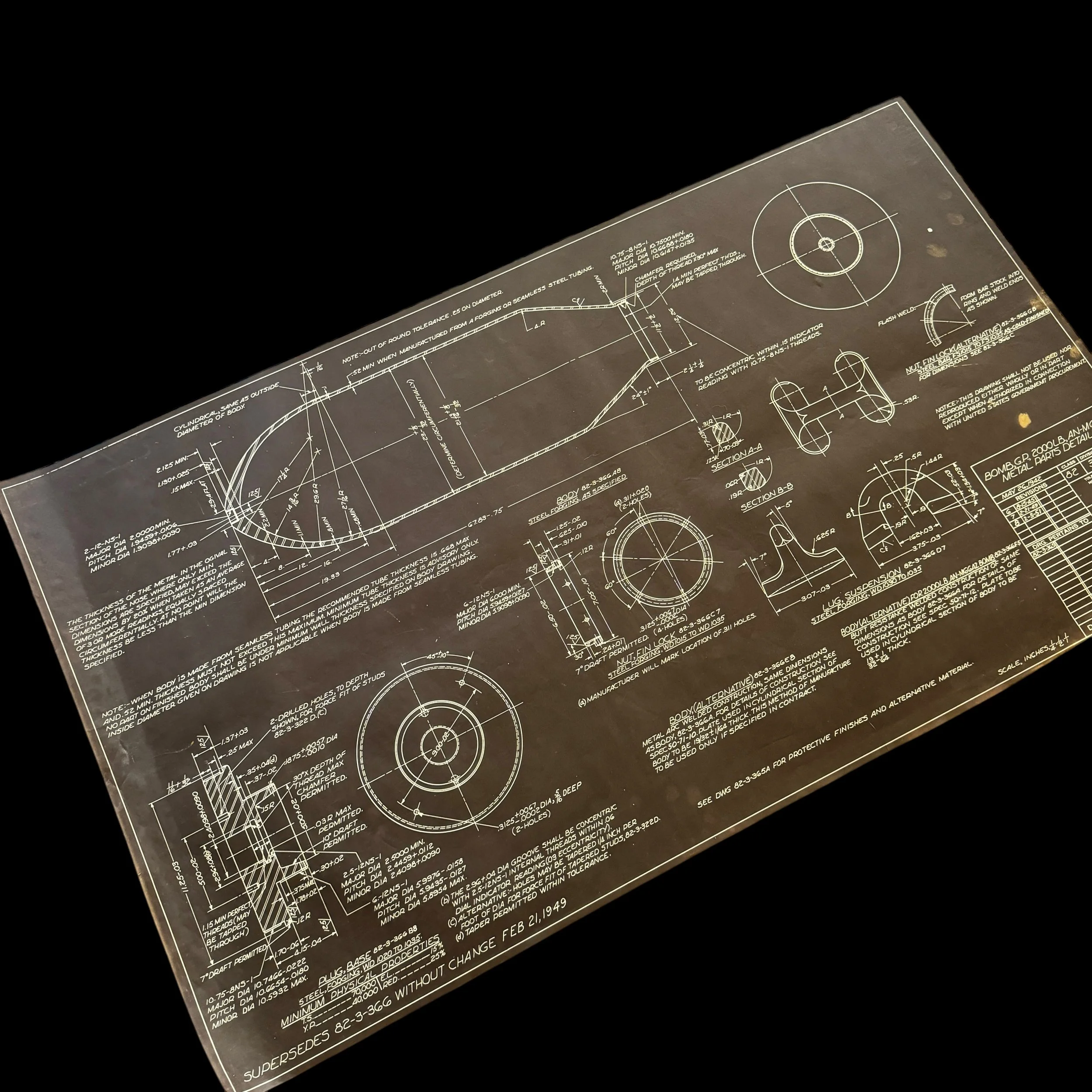

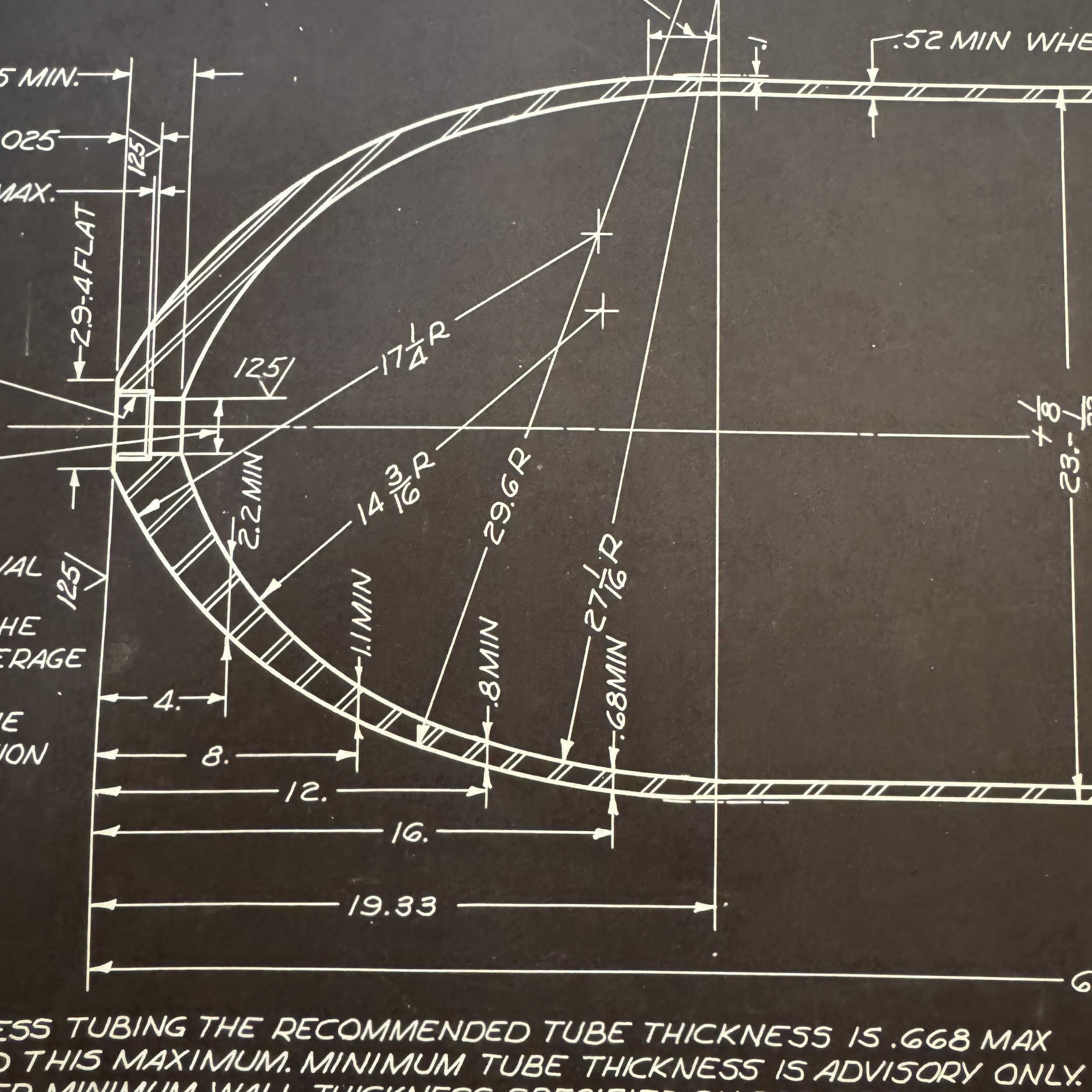
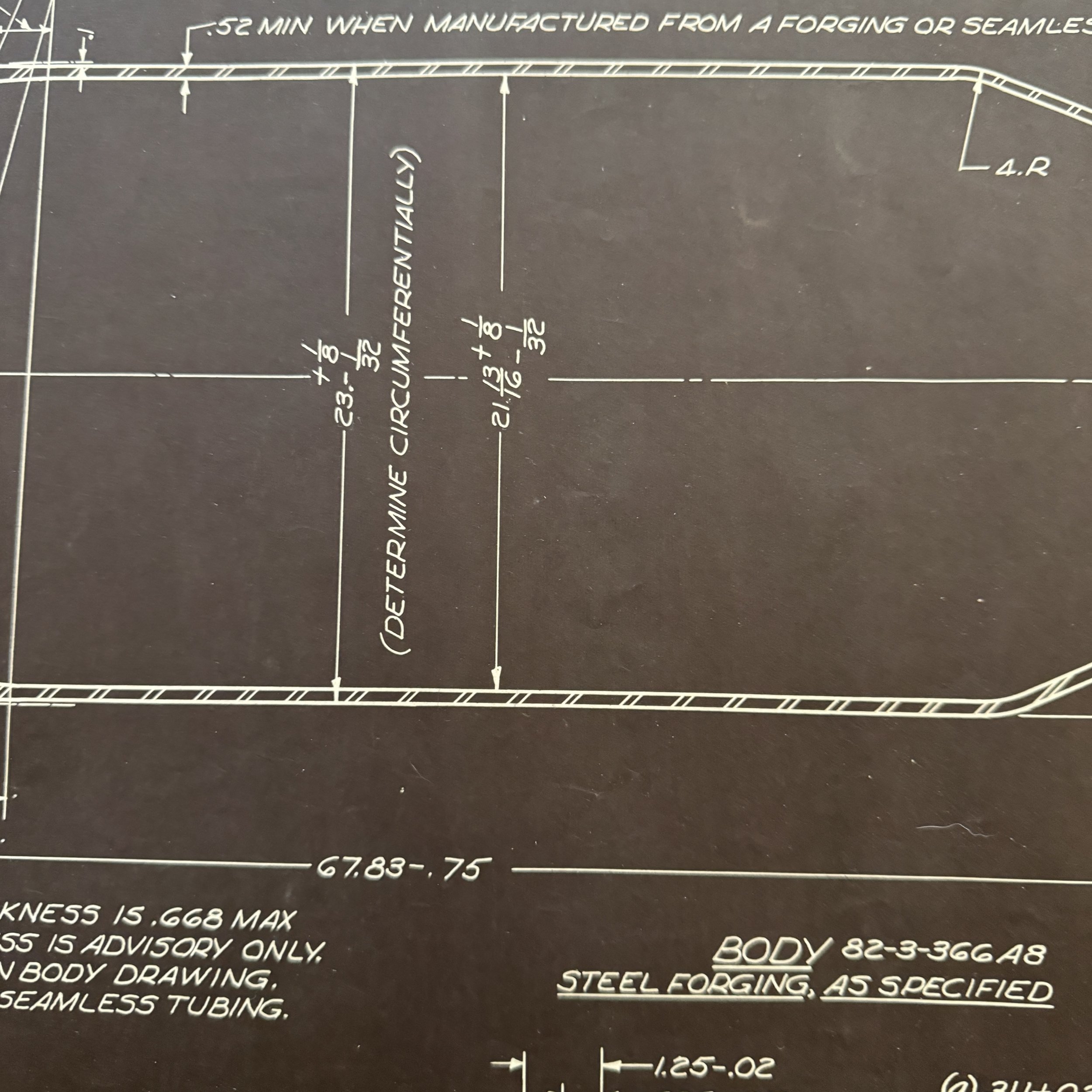
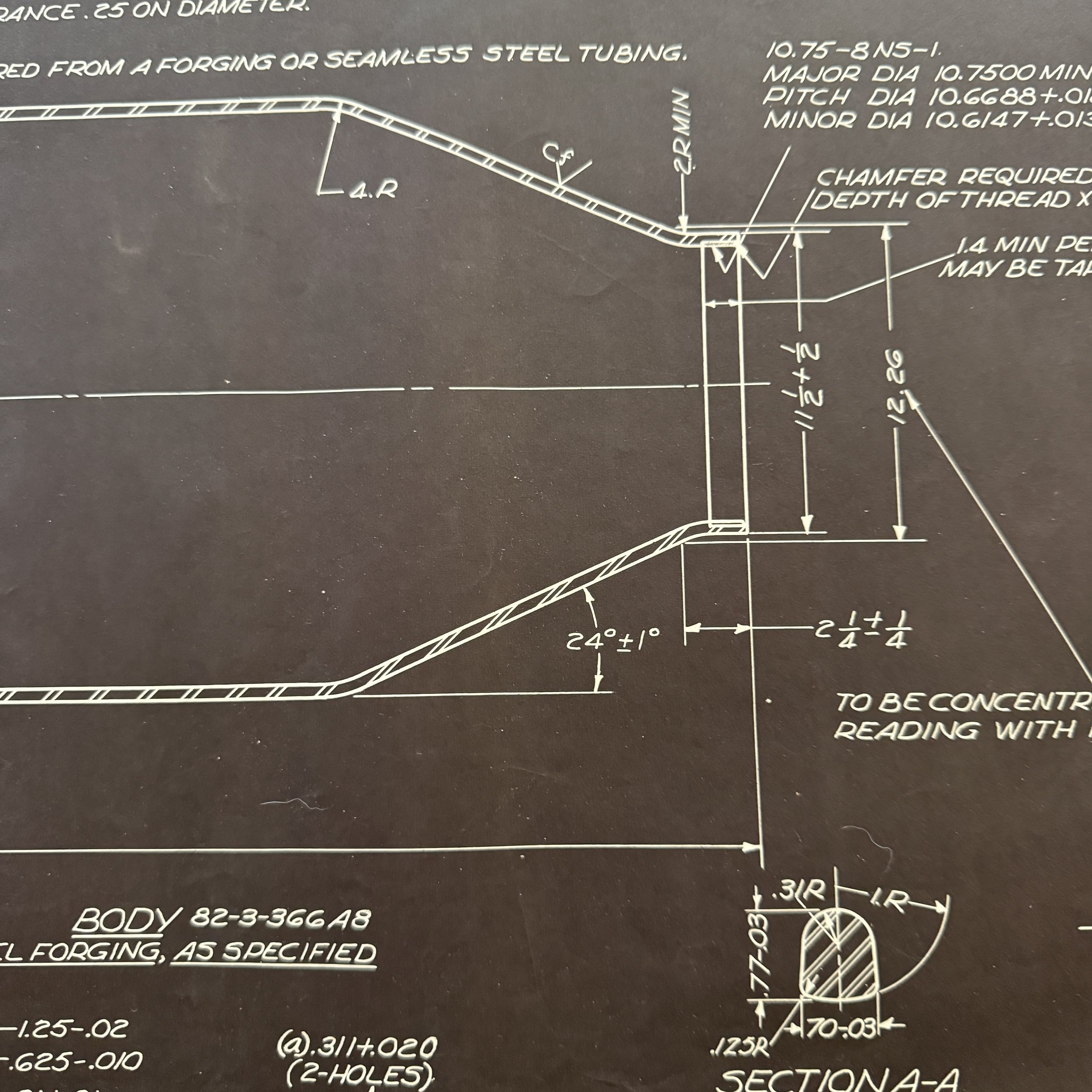
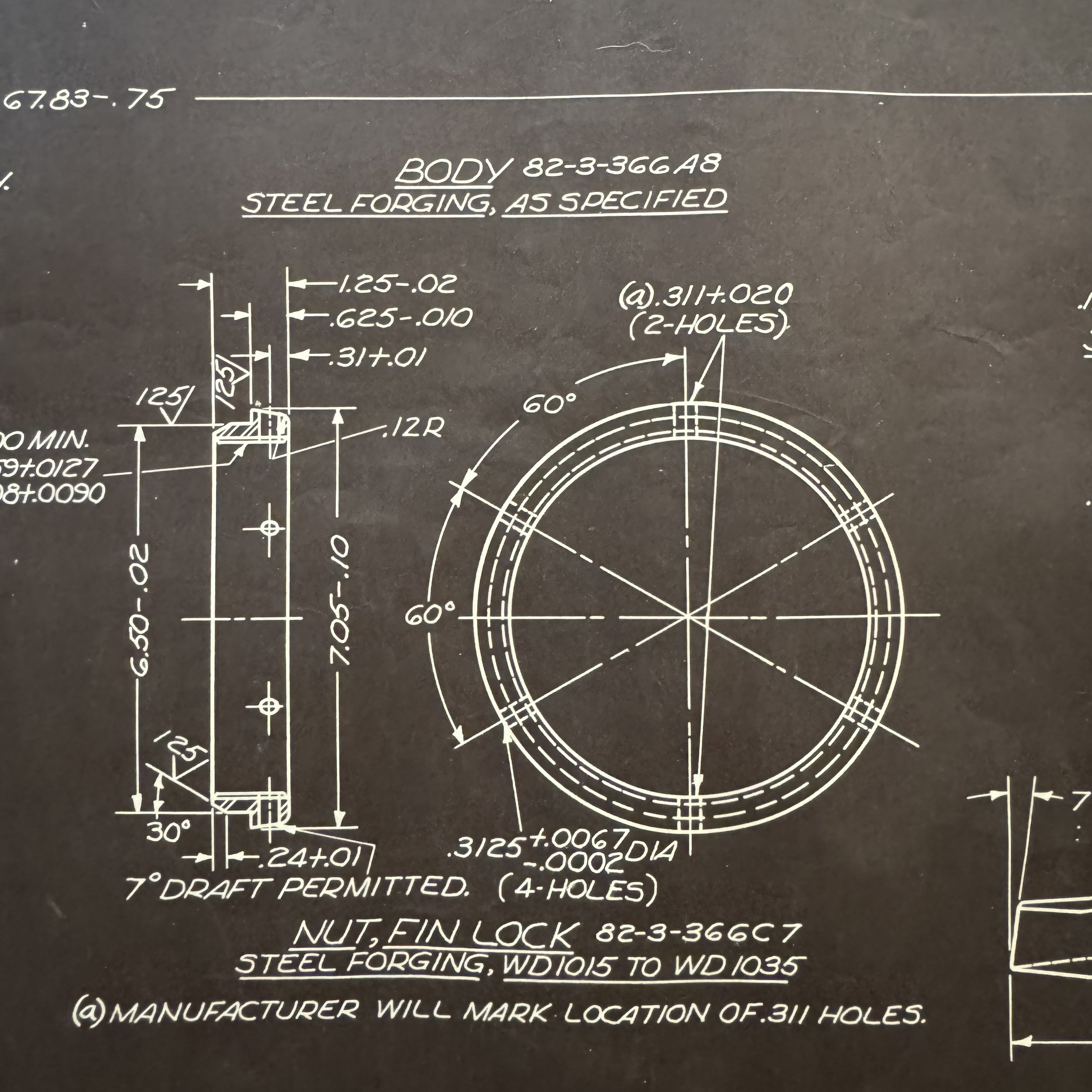
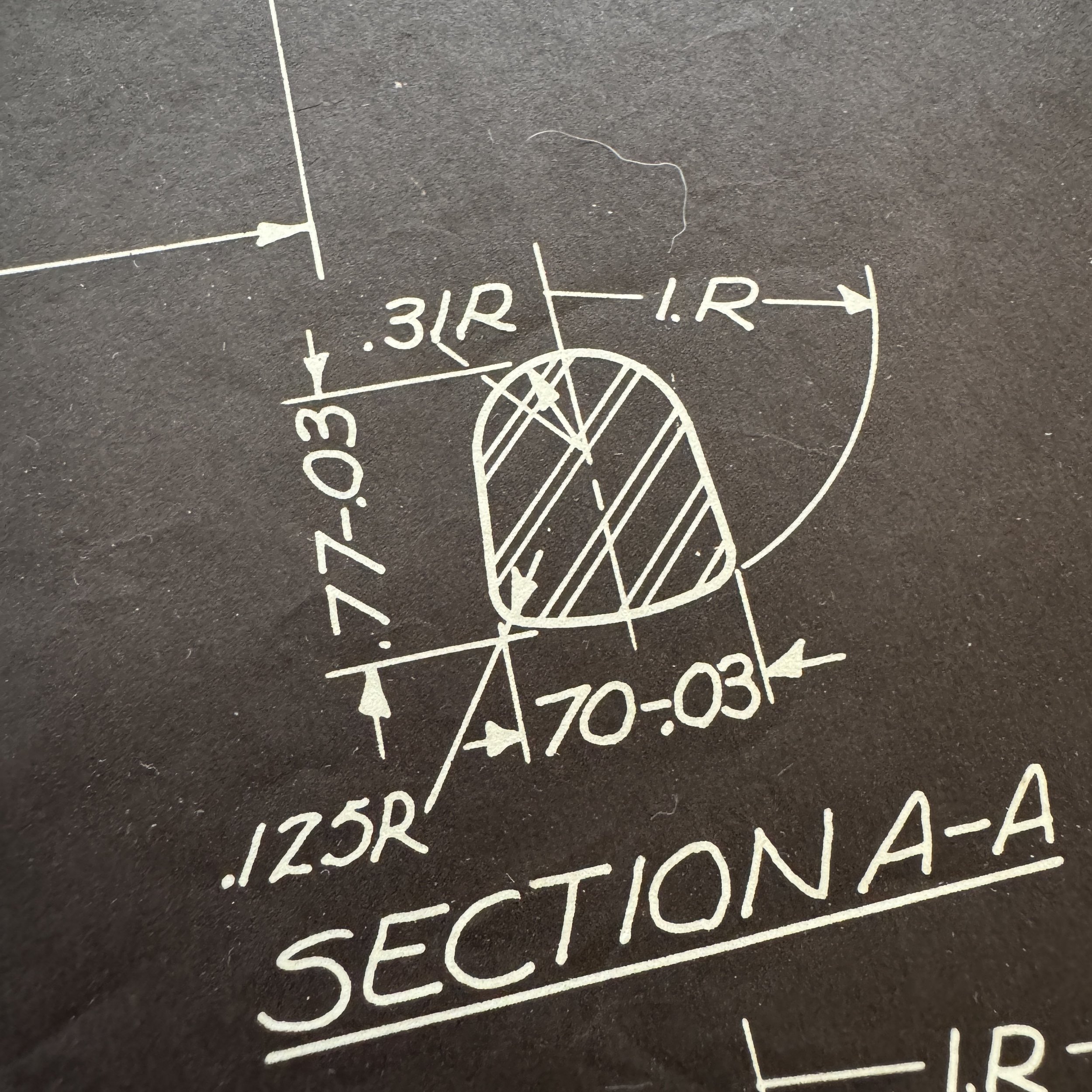
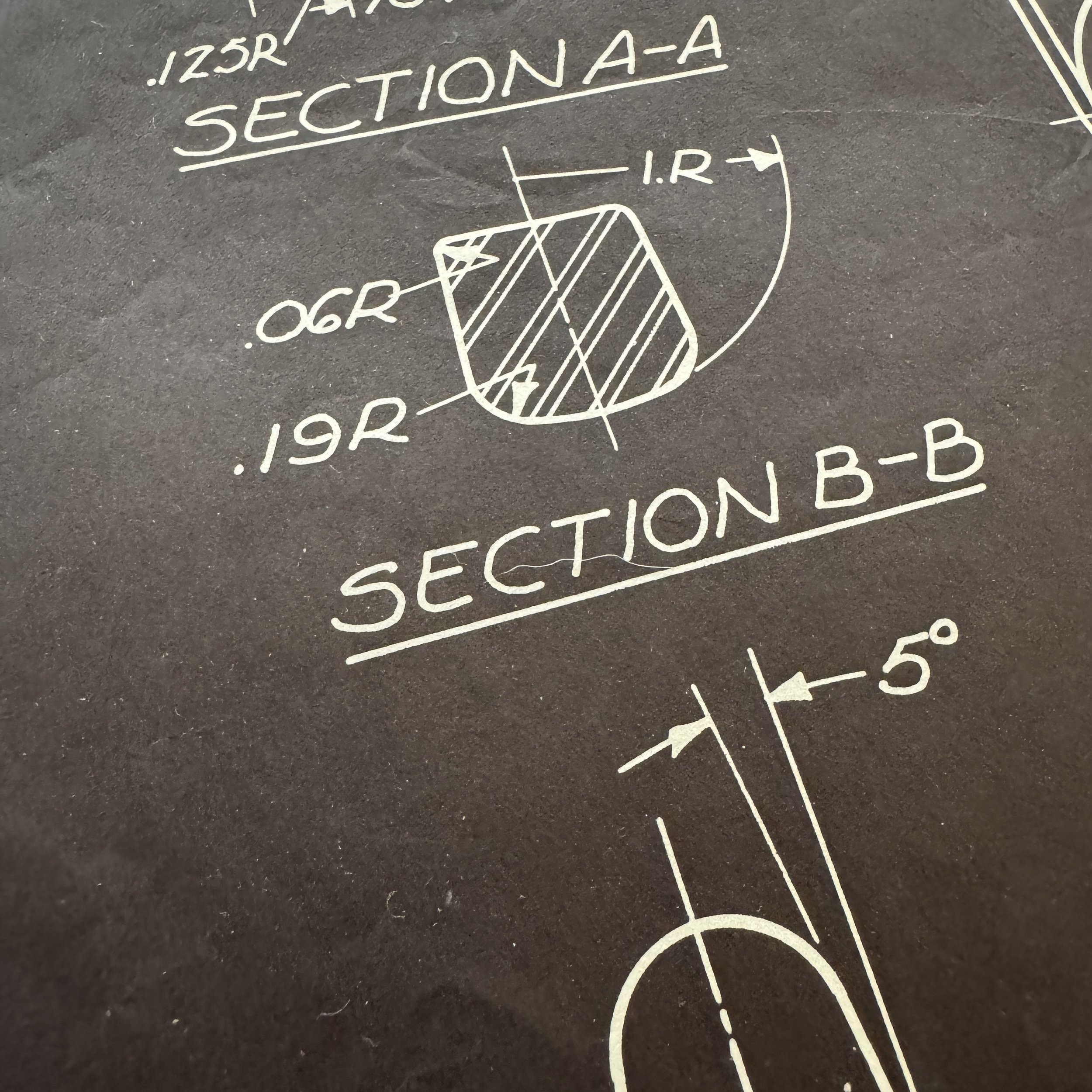
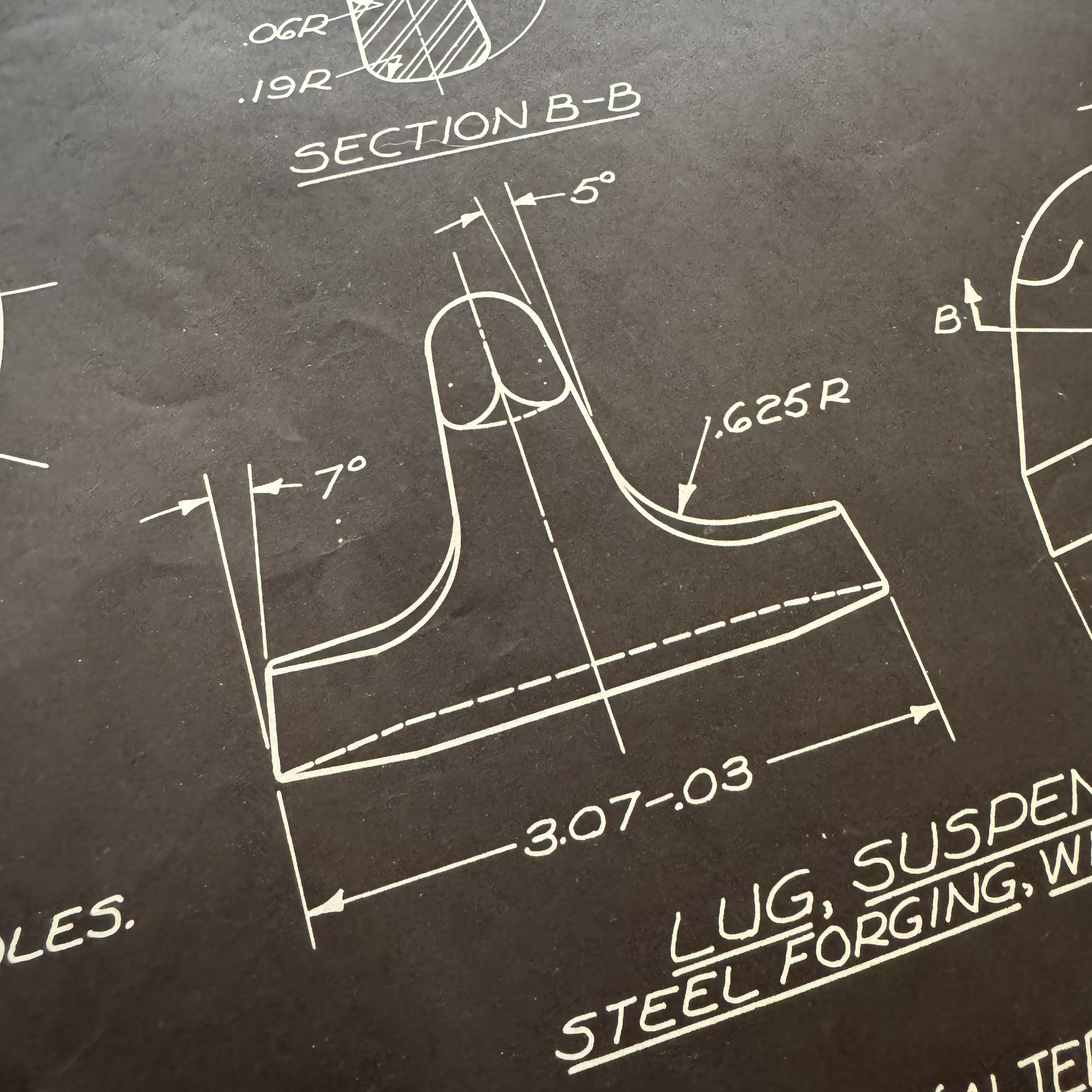
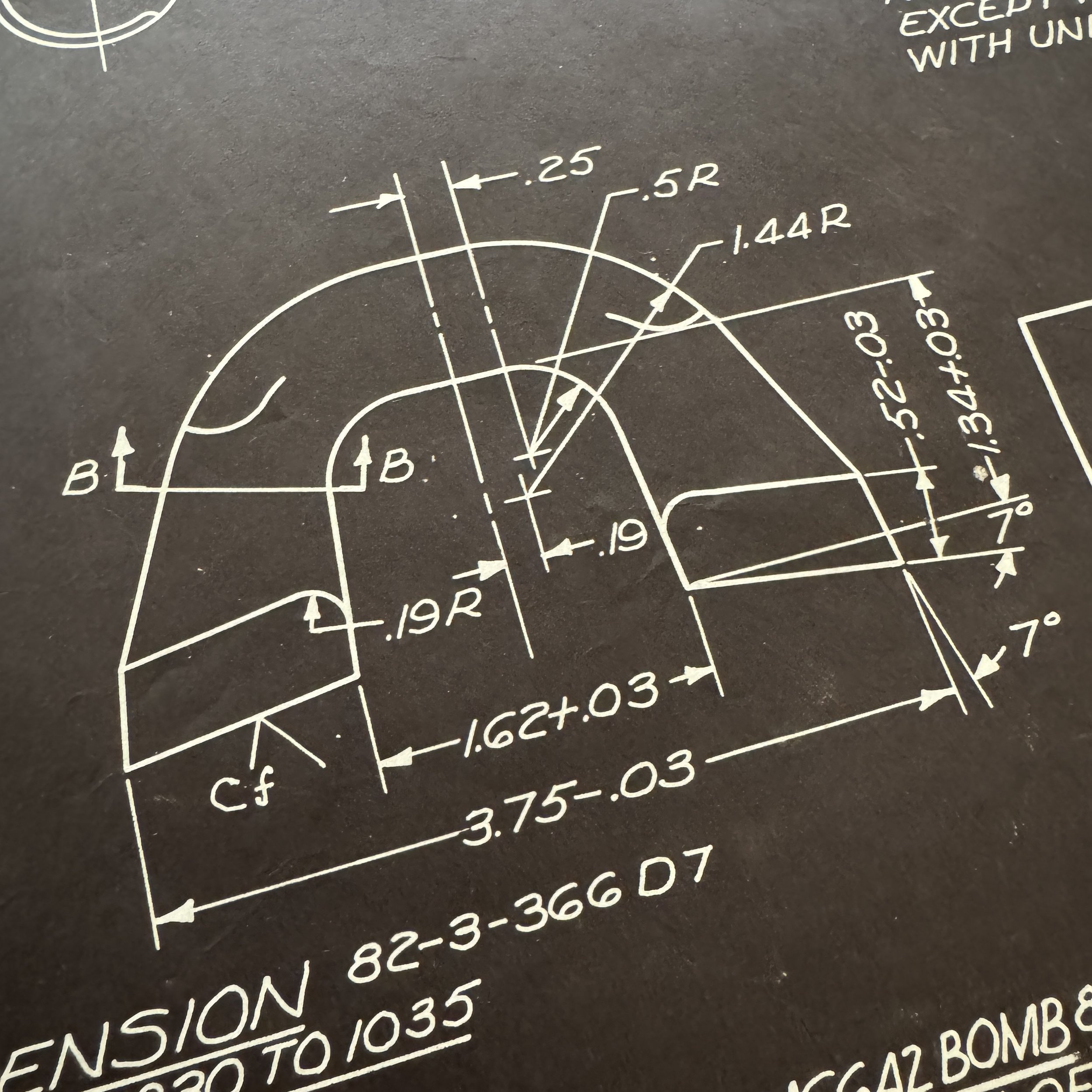
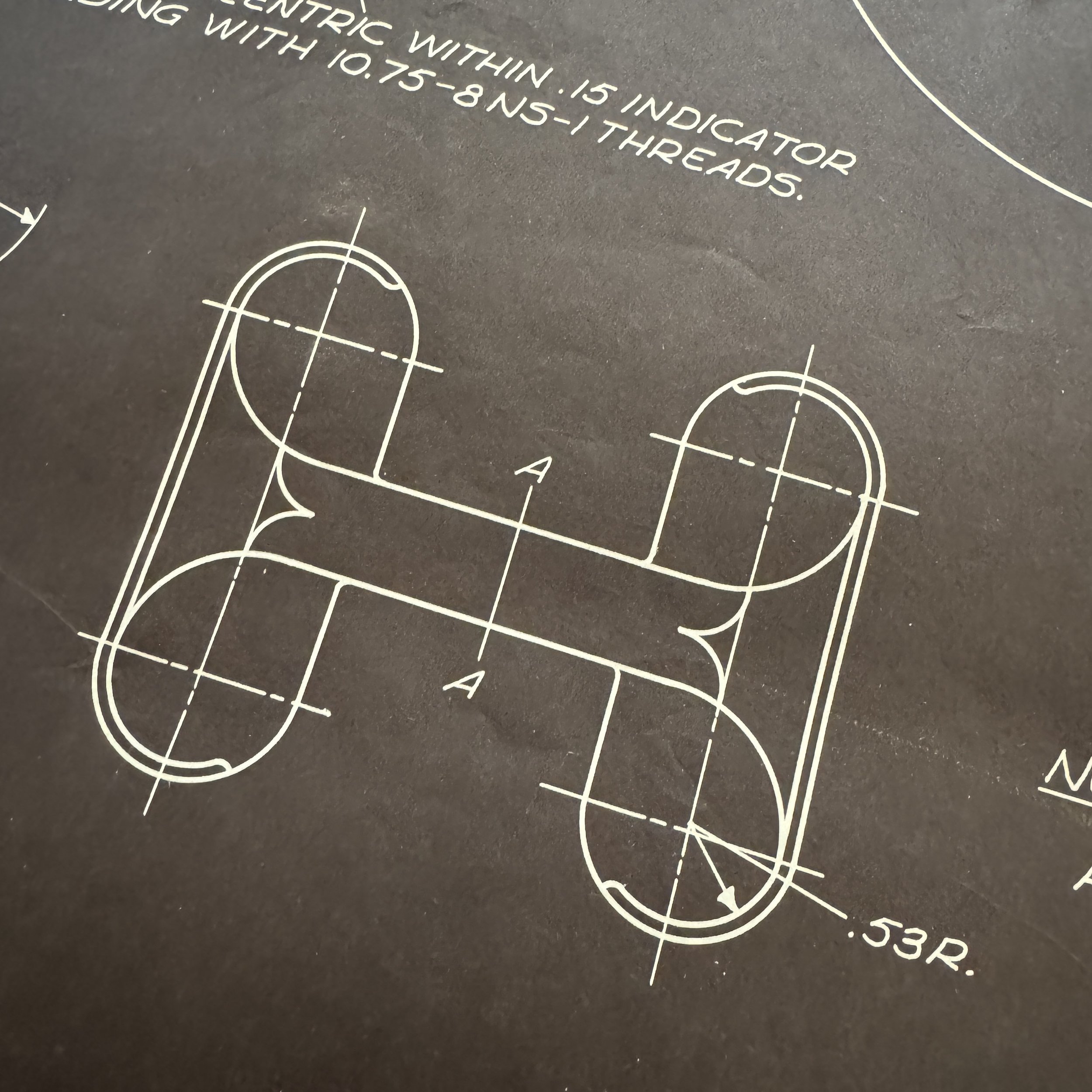
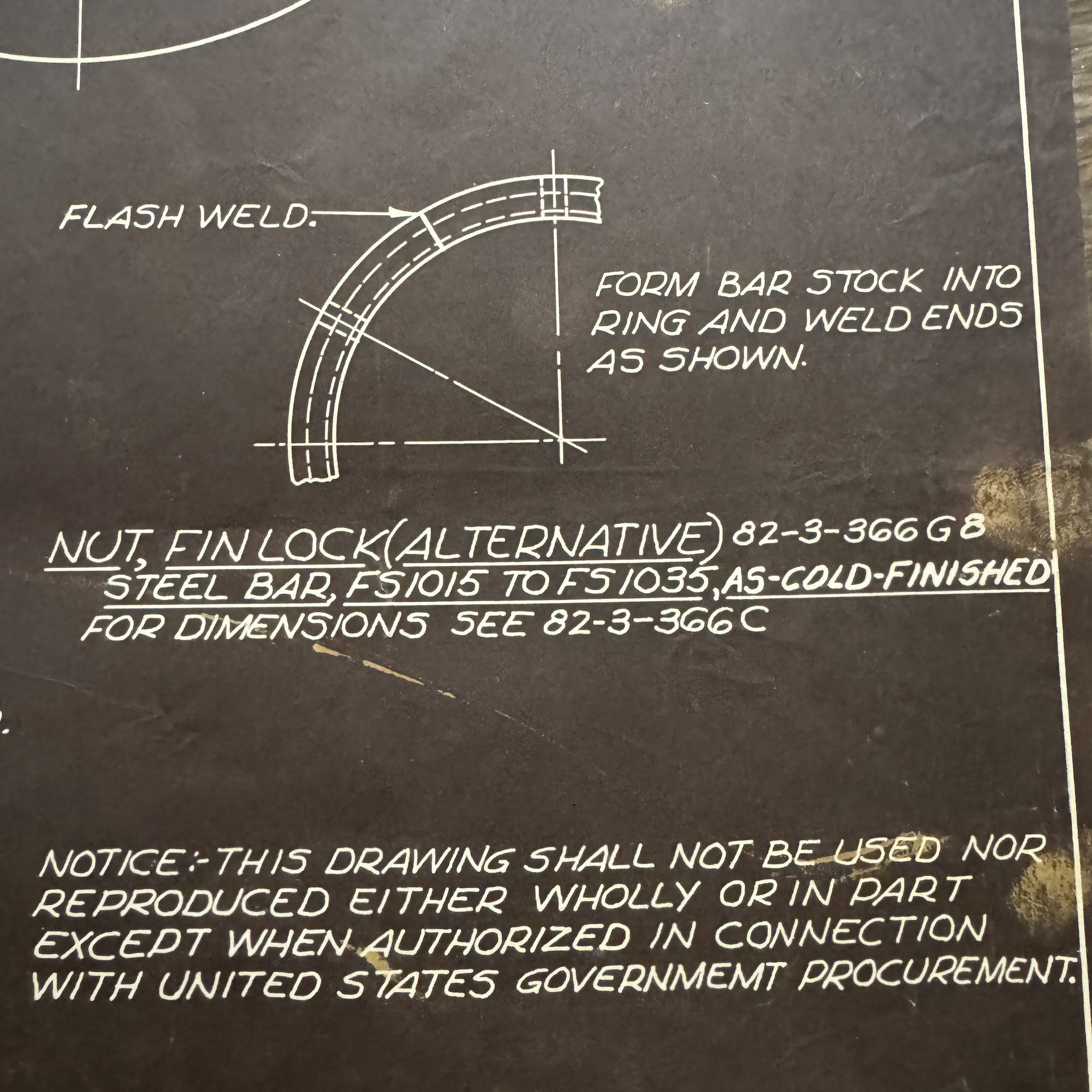
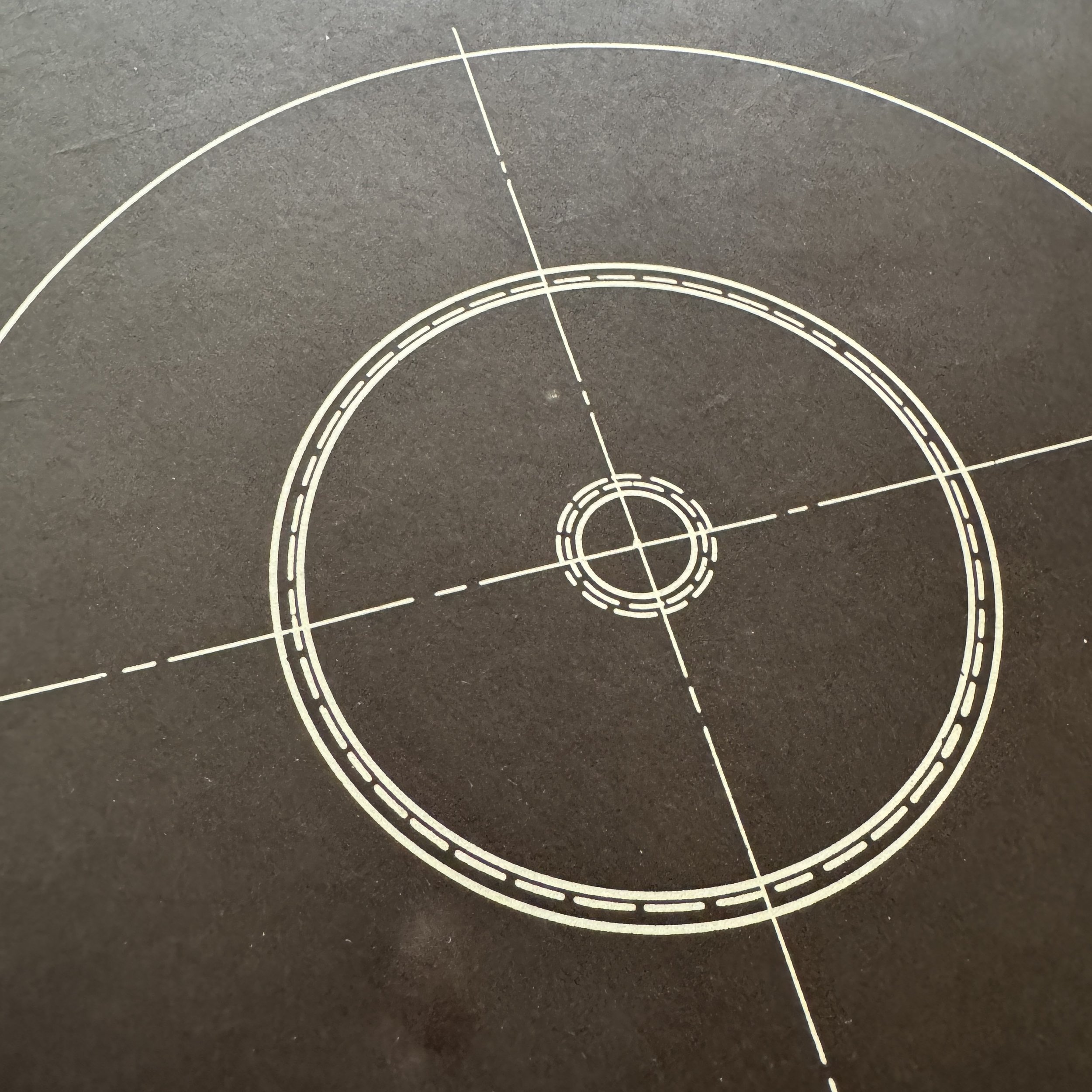
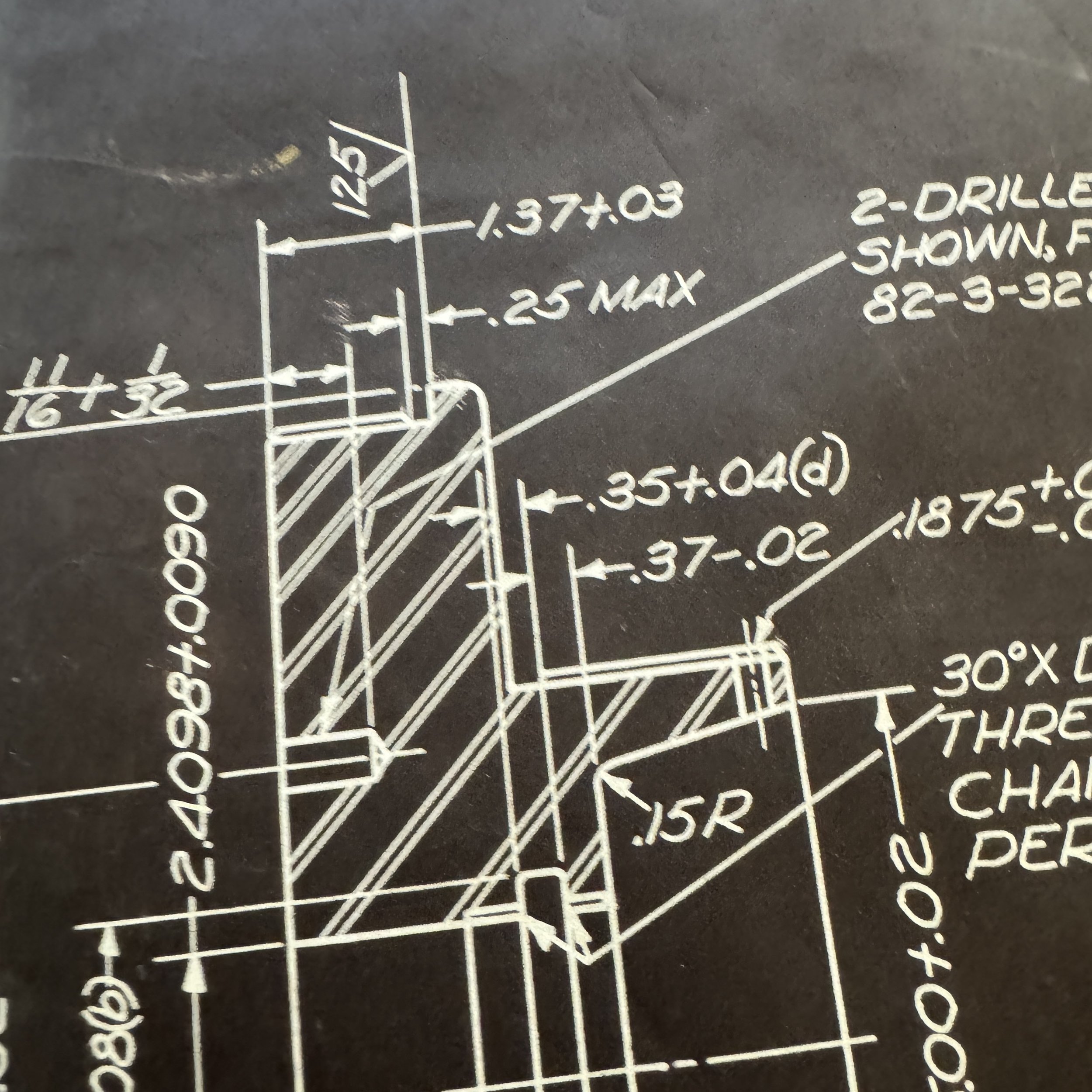

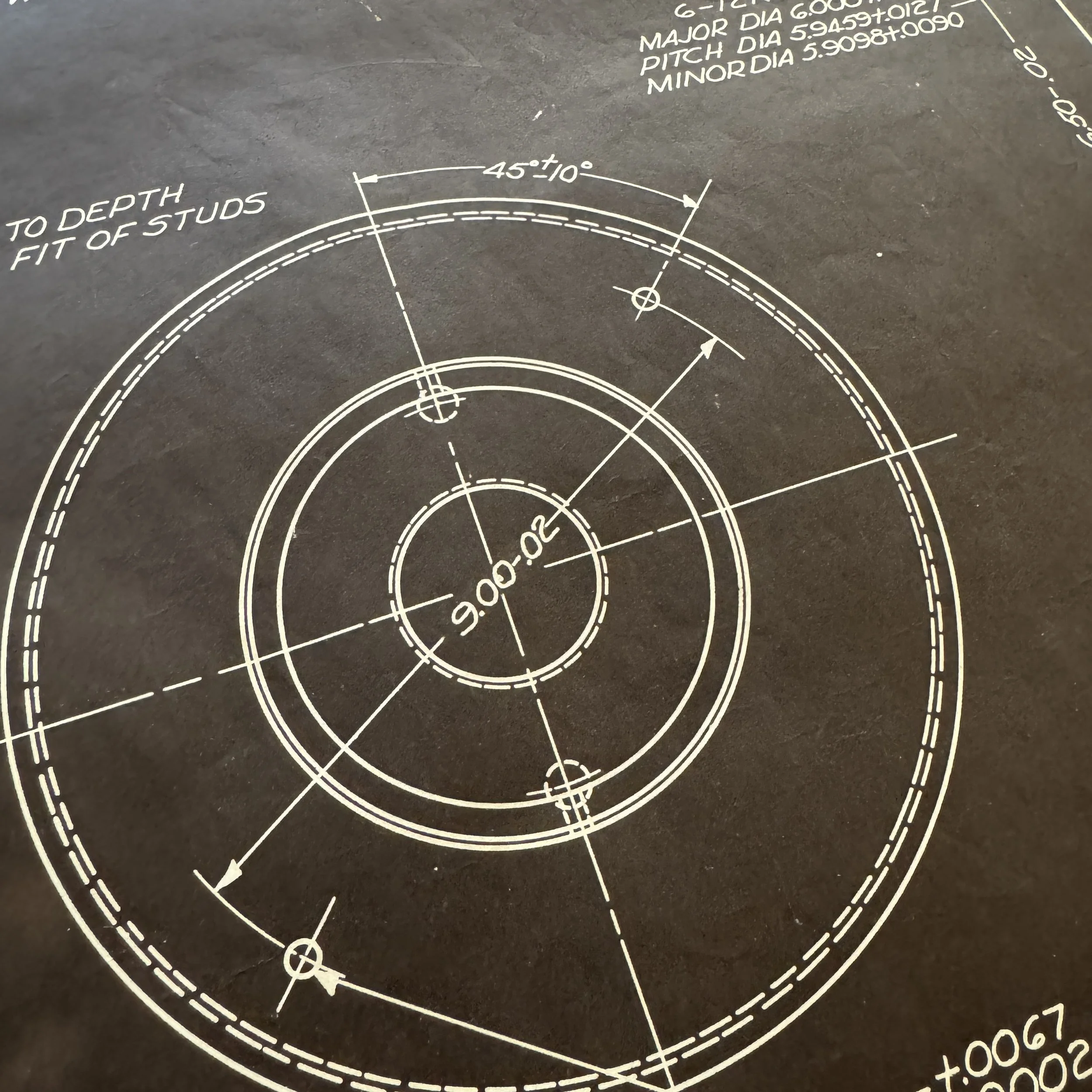
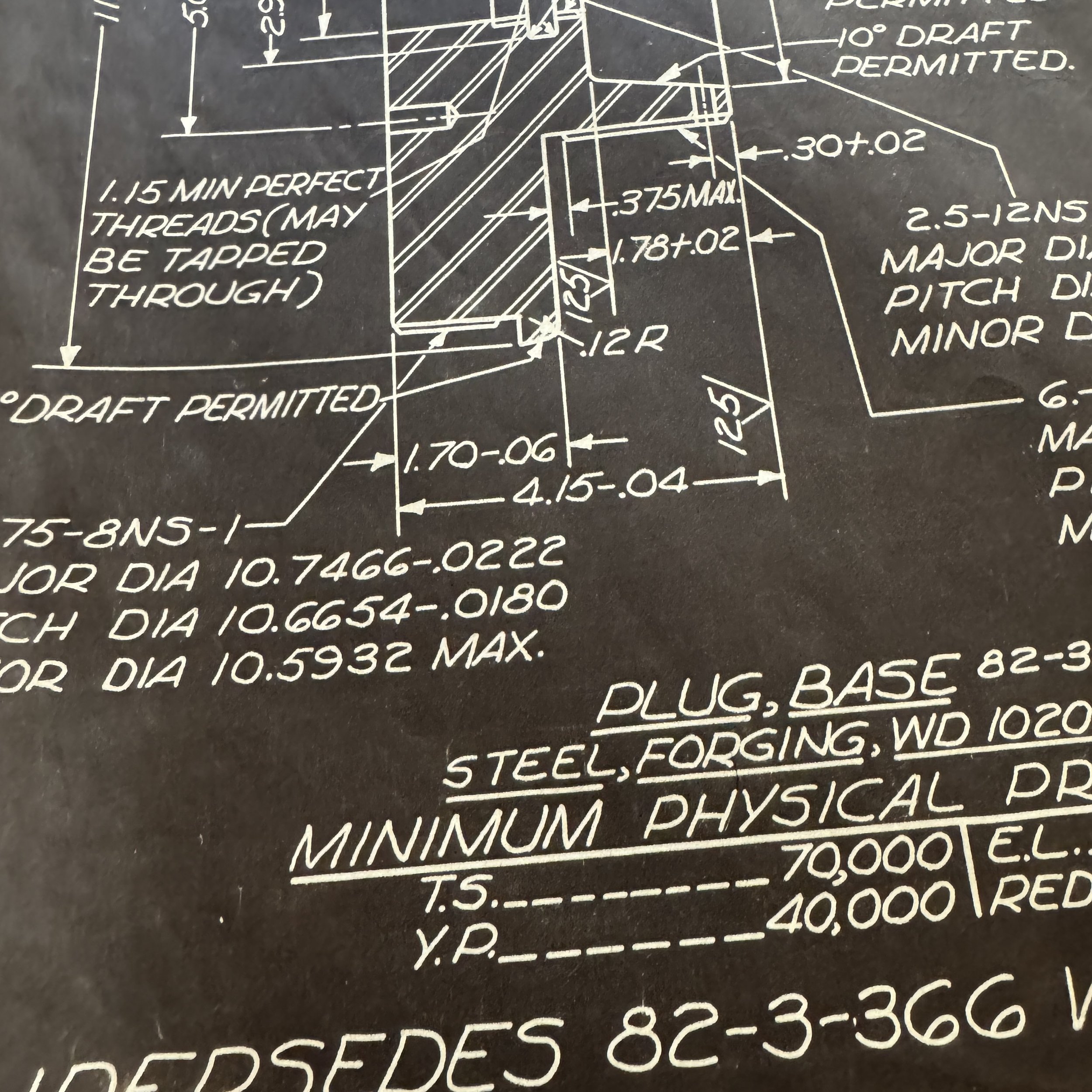

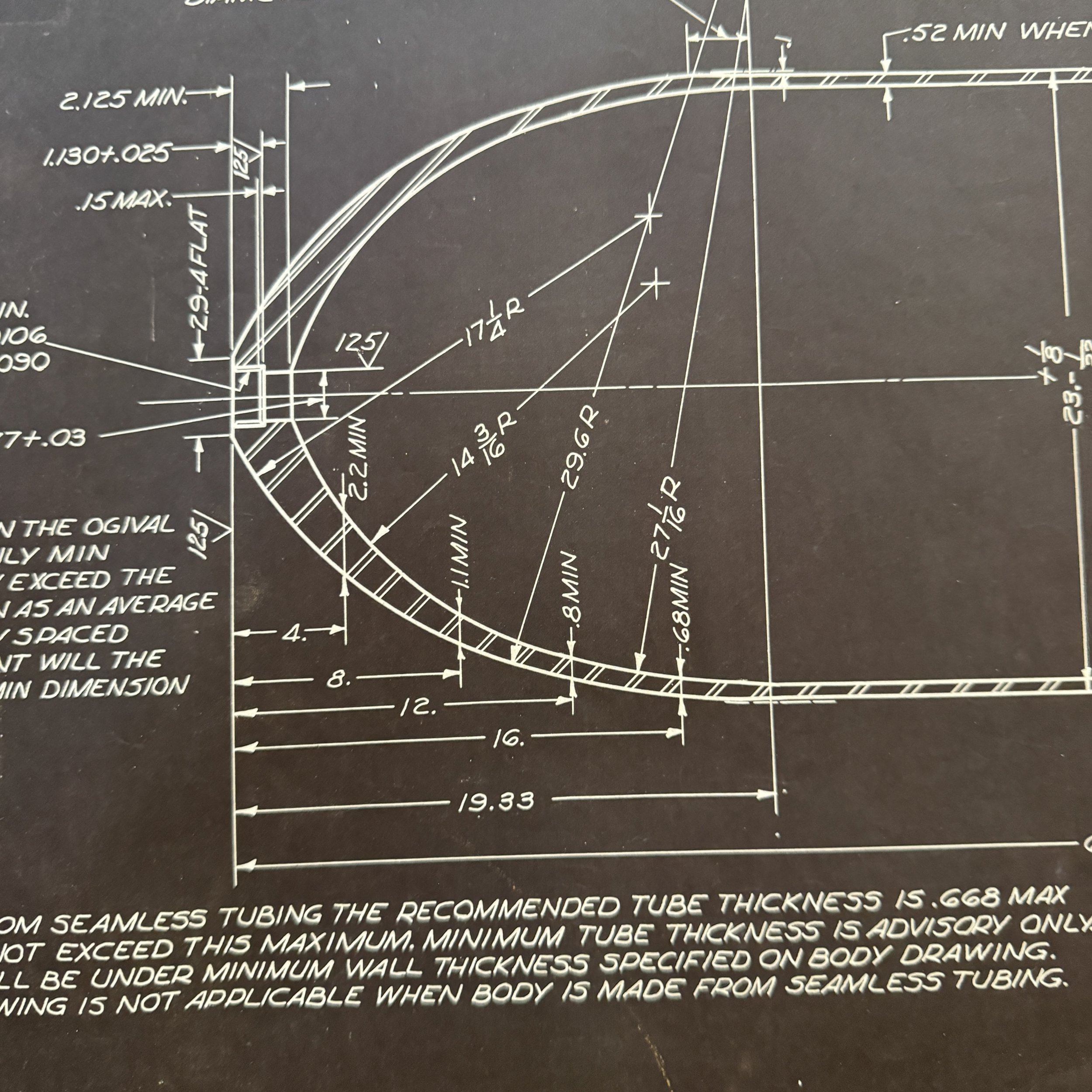
EXTREMELY RARE! 1942-1951 WWII to Korean War 2,000 lb M66A2 Bomb “Ordinance Department U.S.A.” Aerial Bomb Blueprint #2
Comes with a hand-signed C.O.A.
*This is a once-in-a-lifetime chance to own a truly one-of-a-kind artifact from one of the secret U.S. military innovations during WWII. This is the only known blueprint that is for sale in the public sector. Only a very small handful of these blueprints exist with all being in private museum collections.
Size: 23.5 × 40 inches
This extremely rare and museum-grade World War II artifact is an original early WWII (1942) to Korean War (1951) “Ordinance Department U.S.A.” blueprint of the infamous 2,000 lb M66A2 bomb.
The 2,000 lb M66A2 bomb was one of the most powerful conventional weapons used by the United States during World War II, and it became a critical part of the air campaign in both Europe and the Pacific Theater. The 2,000 lb M66A2 bomb represented a significant advancement in aerial bomb technology, designed to deliver maximum destructive power against heavily fortified enemy targets such as bunkers, bridges, factories, and other strategic installations. From its inception to its operational use during World War II and later in the Korean War, the M66A2 was instrumental in the success of key Allied bombing missions.
This original Ordinance Department blueprint was first created in May 1942 and was updated improvements to the 2,000 lb M66A2 bomb from the previous Ordinance Dept. with revisions done during WWII and the Korean War in August 1945, February 1949, and February 1951.
Development and Conception of the 2,000 lb M66A2 Bomb
The M66A2 was part of the general-purpose (GP) bomb family developed by the U.S. military during World War II. As bombers became more advanced and capable of carrying heavier payloads, the need for larger bombs with greater explosive power grew. The 1,000 lb bombs used earlier in the war were effective, but the U.S. Army Air Forces (USAAF) sought a heavier bomb to more effectively penetrate and destroy hardened targets.
The M66A2 was conceived as a solution to this problem. Developed in the early 1940s, the bomb was designed with a cylindrical steel casing that could withstand high velocities and deliver an explosive payload deep into enemy infrastructure. The bomb was filled with either Amatol, TNT, or Composition B, all of which were powerful explosives capable of producing significant blast effects. The M66A2 weighed approximately 2,040 pounds when fully loaded, with around half of its weight consisting of the explosive charge.
The bomb's design also included streamlined fins for stability during flight, which helped to ensure accuracy when dropped from high altitudes. It was fitted with both nose and tail fuzes, which allowed for flexibility in terms of detonation timing. The bomb could be set to explode upon impact or be delayed to penetrate a structure before detonating, making it versatile for different types of targets.
Operational Use in World War II (1942-1945)
The M66A2 became operational during World War II, primarily used by the U.S. Army Air Forces in the European and Pacific Theaters. It was especially effective in strategic bombing missions where the objective was to destroy key industrial and military targets. The bomb was typically deployed by heavy bombers such as the Boeing B-17 Flying Fortress and the Consolidated B-24 Liberator in Europe, and later by the Boeing B-29 Superfortress in the Pacific.
European Theater
In the European Theater, the M66A2 played a pivotal role in the strategic bombing campaign carried out by the U.S. Eighth Air Force. As the war progressed and Allied forces gained air superiority over Nazi-occupied Europe, the USAAF shifted its focus to destroying Germany's industrial capacity, transportation networks, and military infrastructure. The M66A2 bomb was ideal for this purpose, as it could penetrate and destroy heavily fortified targets that were critical to the German war effort.
One of the most famous uses of the 2,000 lb bomb came during the bombing raids on German cities and industrial hubs, such as the ball-bearing factories in Schweinfurt and the oil refineries at Ploiești. The Schweinfurt raid, which took place in October 1943, was a critical operation aimed at crippling the German aircraft industry. The 2,000 lb bombs were used to target the heavily fortified factories, with the intent of disrupting the production of essential war materials.
In addition to industrial targets, the M66A2 bomb was used against German military installations, such as underground bunkers, U-boat pens, and fortified command centers. The bomb’s ability to penetrate concrete structures made it particularly effective in these types of operations. For instance, during the Normandy invasion in June 1944, the bomb was used to target German defenses along the coast, including bunkers and artillery emplacements that threatened Allied landing forces.
Pacific Theater
In the Pacific Theater, the M66A2 was deployed in the strategic bombing campaign against Japan. As the war in the Pacific moved closer to the Japanese home islands, the U.S. military sought to destroy Japan’s war-making capacity through air raids. The Boeing B-29 Superfortress, which was capable of carrying up to 20,000 pounds of bombs, became the primary delivery platform for the M66A2 in this theater.
The most notable use of the 2,000 lb bomb in the Pacific was during the bombing of Japan’s industrial cities in 1945. The B-29s dropped thousands of these bombs on key targets, such as factories, shipyards, and railroads, in an effort to cripple Japan’s ability to continue the war. Although incendiary bombs were often used in these raids to start fires in Japan’s densely populated cities, the M66A2 was reserved for hardened military installations and industrial targets that required greater explosive power to destroy.
Aircraft Used to Carry the M66A2 Bomb
The M66A2 was designed to be carried by the heavy bombers of the U.S. Army Air Forces. The primary aircraft that carried the bomb during World War II were:
Boeing B-17 Flying Fortress: The B-17 was the backbone of the USAAF’s strategic bombing campaign in Europe. Capable of carrying up to 8,000 pounds of bombs, it could be equipped with multiple M66A2 bombs for missions targeting heavily fortified structures.
Consolidated B-24 Liberator: Like the B-17, the B-24 was a workhorse of the USAAF’s bombing operations. With a higher payload capacity than the B-17, the B-24 often carried the M66A2 on long-range missions in both Europe and the Pacific.
Boeing B-29 Superfortress: The B-29 was the most advanced bomber of World War II and became the primary delivery platform for the 2,000 lb bomb in the Pacific. Its long range and high altitude capabilities allowed it to strike deep into Japanese territory, carrying multiple M66A2 bombs to destroy critical infrastructure.
Use of the 2,000 lb M66A2 Bomb in the Korean War
Following World War II, the M66A2 remained in the U.S. military’s arsenal and was employed during the Korean War (1950-1953). The Korean War saw a resurgence of conventional warfare, and strategic bombing once again became a key element of the U.S. military’s approach. The M66A2 was used in air raids targeting North Korean military installations, industrial facilities, and transportation networks.
Heavy bombers, such as the B-29 Superfortress, which had been so effective in World War II, were once again used to deliver these powerful bombs. The B-29s were employed in the strategic bombing campaign over North Korea, with the M66A2 used to target factories, bridges, and rail yards that were crucial to the North Korean war effort. The bomb was particularly effective against the deeply entrenched positions of the North Korean and Chinese forces, as its penetration and blast capabilities could devastate bunkers and other fortified structures.
The M66A2’s effectiveness in the Korean War was a testament to its versatility and enduring value as a weapon. Despite the rapid advancements in military technology following World War II, the bomb continued to be a key asset in the U.S. Air Force’s arsenal. Its ability to deliver devastating power against hardened targets made it invaluable in the Korean conflict, where terrain and fortifications often protected enemy forces from lighter ordnance.
The 2,000 lb M66A2 bomb played a critical role in both World War II and the Korean War, providing the U.S. military with a powerful tool for destroying fortified targets. Its development was driven by the need for a larger, more powerful bomb to penetrate and destroy enemy infrastructure and military installations. Deployed primarily by heavy bombers such as the B-17, B-24, and B-29, the M66A2 was used in some of the most important air campaigns of World War II, including the bombing of Germany and Japan.
During the Korean War, the M66A2 continued to prove its worth, being used in strategic bombing operations against North Korean targets. Its ability to penetrate hardened structures and deliver a powerful explosive payload made it a key part of the U.S. bombing strategy in both conflicts, cementing its place as one of the most important aerial bombs of the mid-20th century